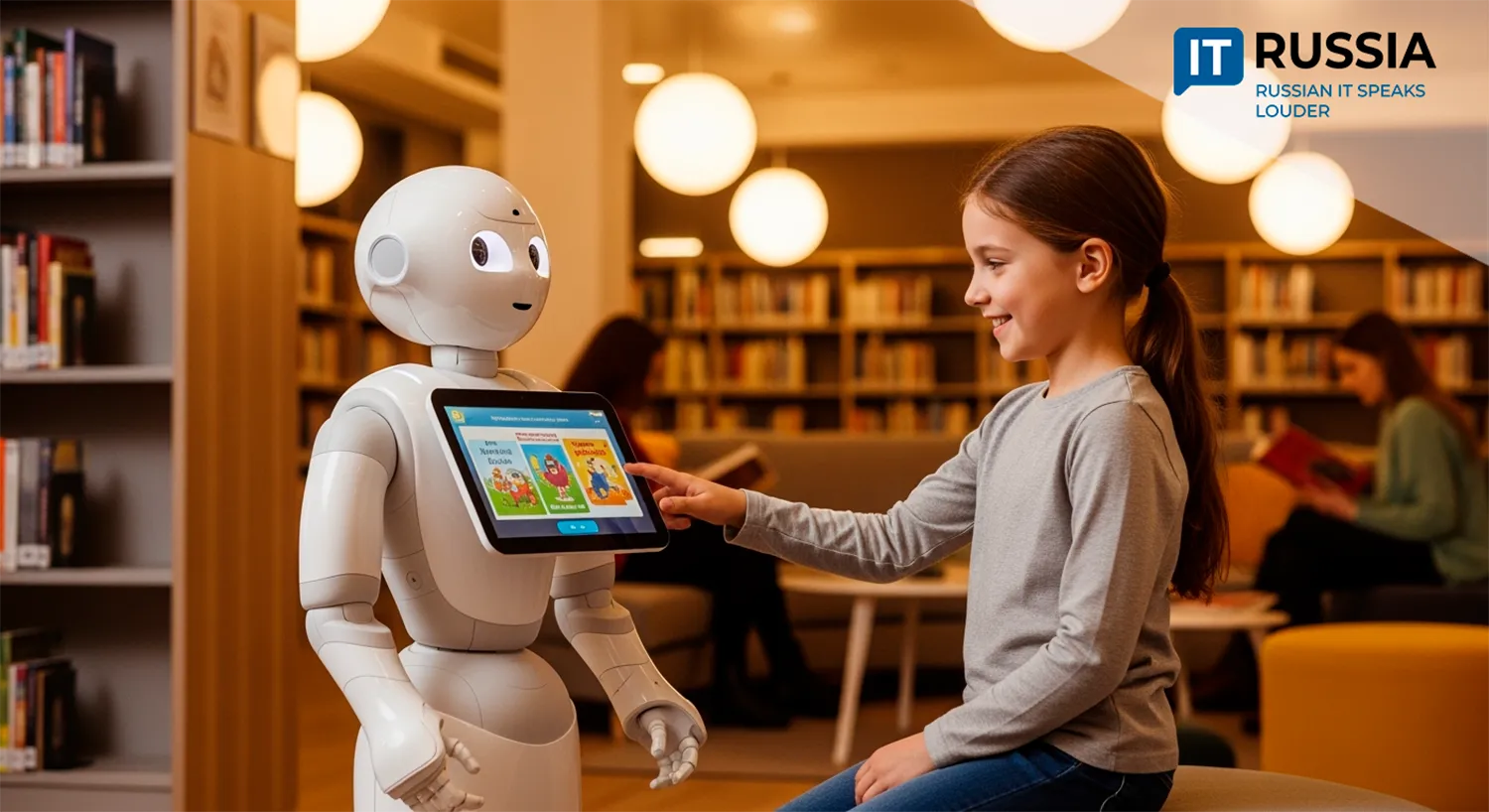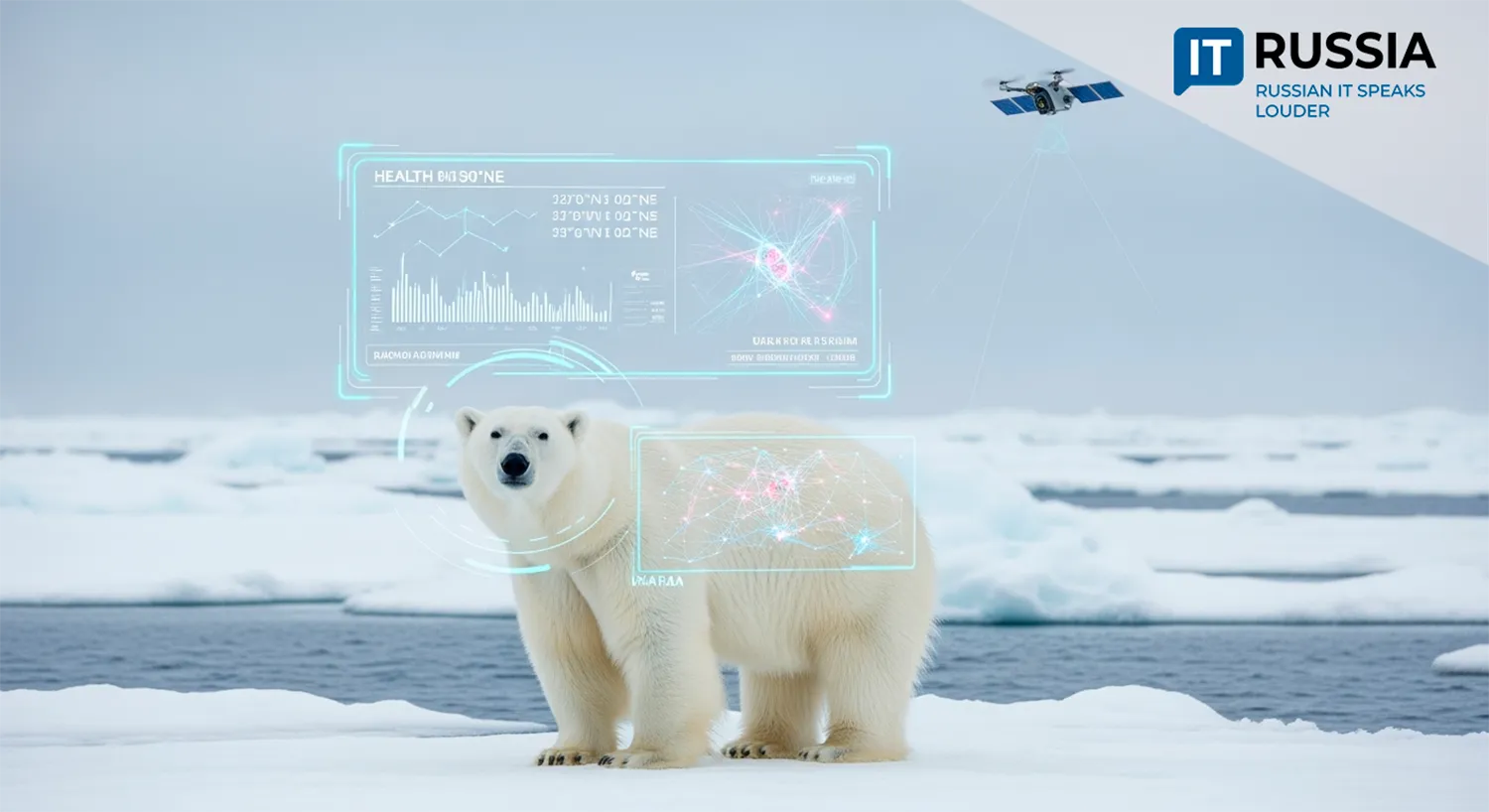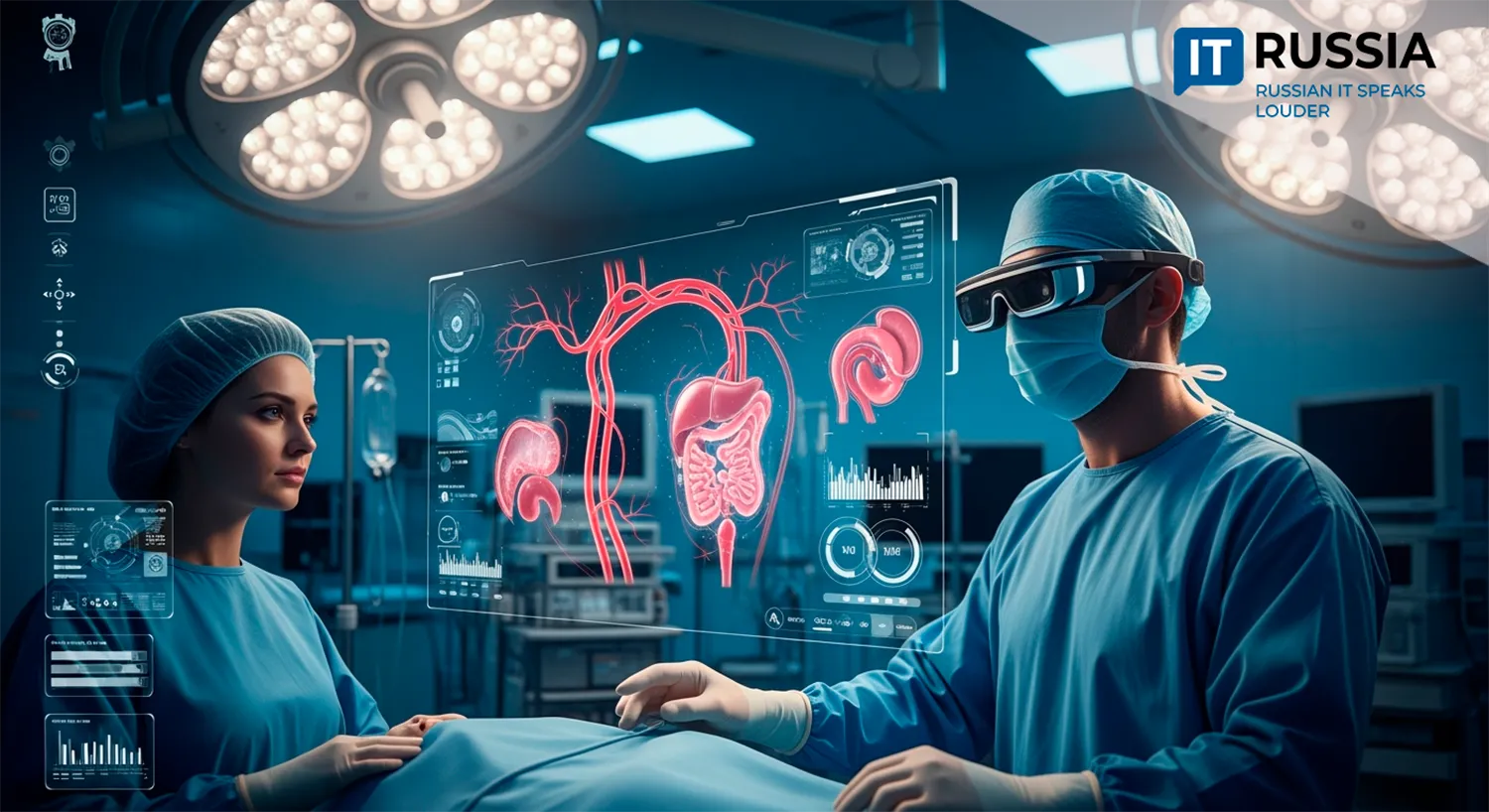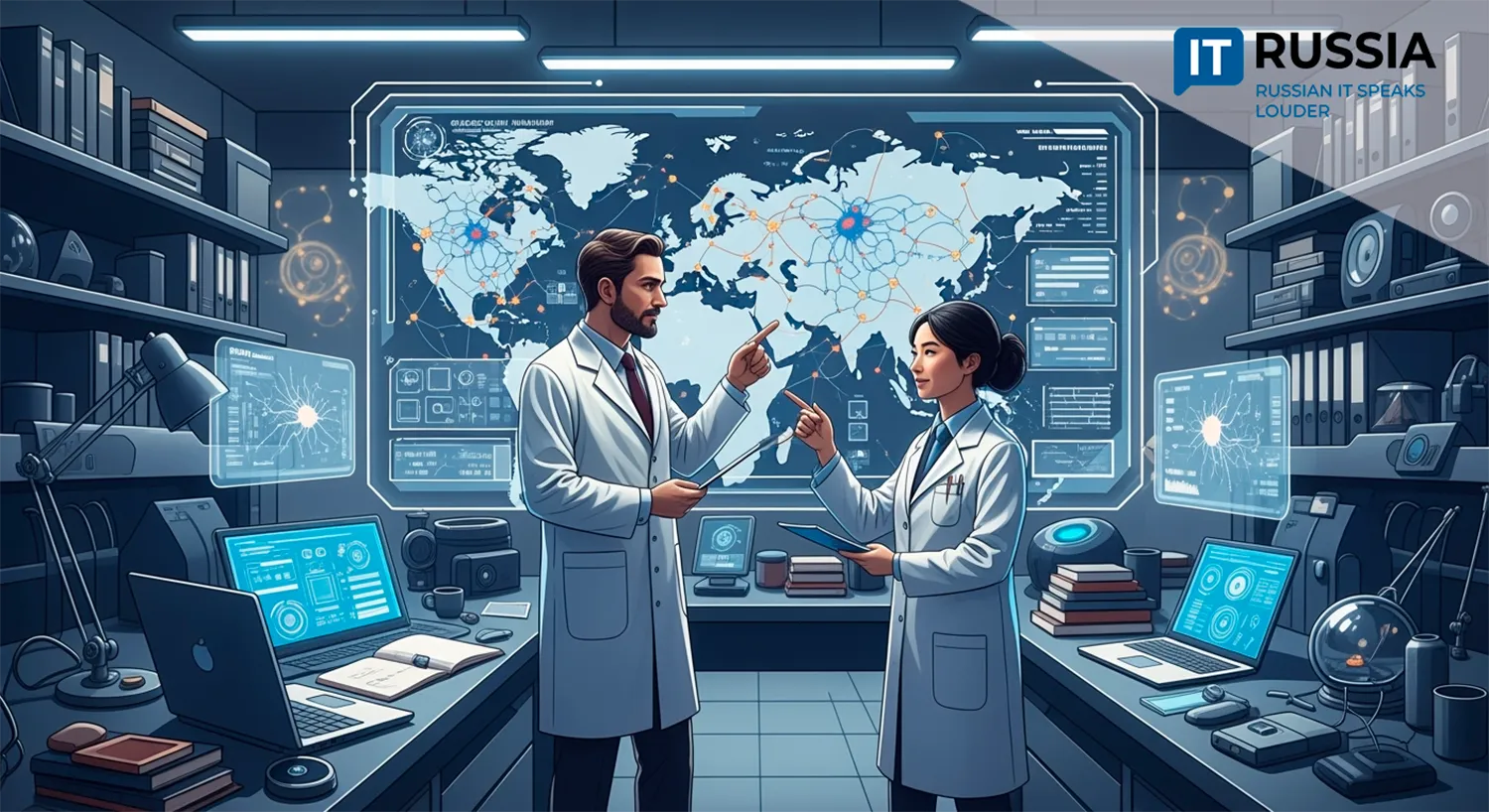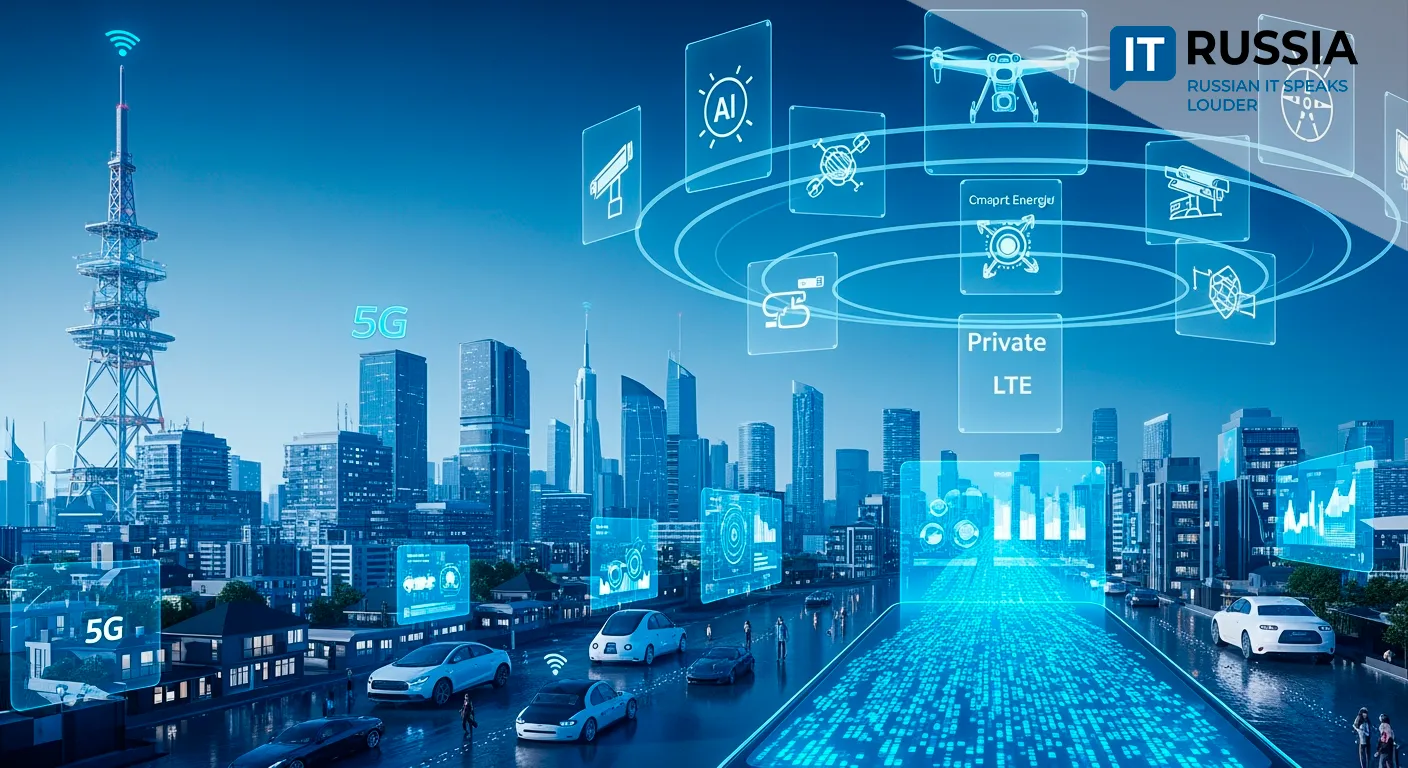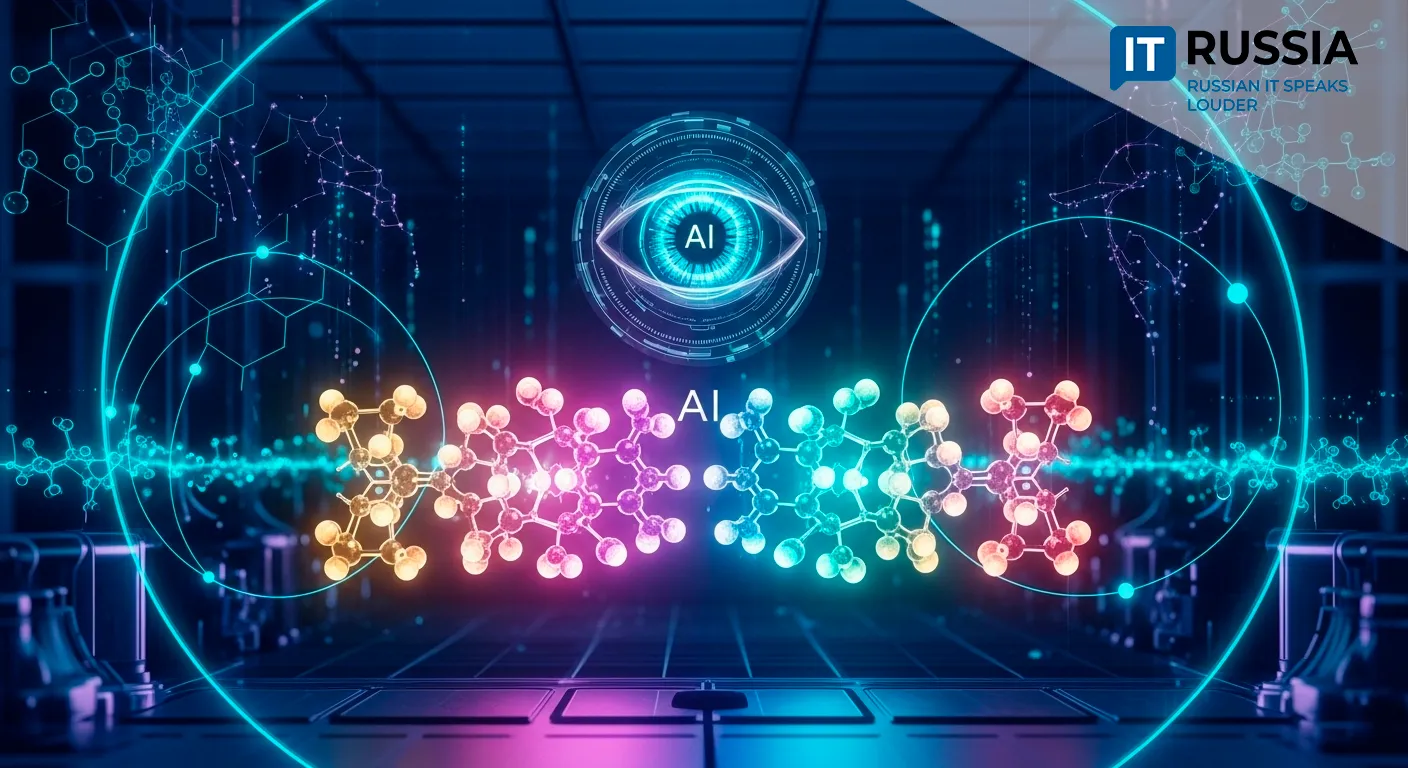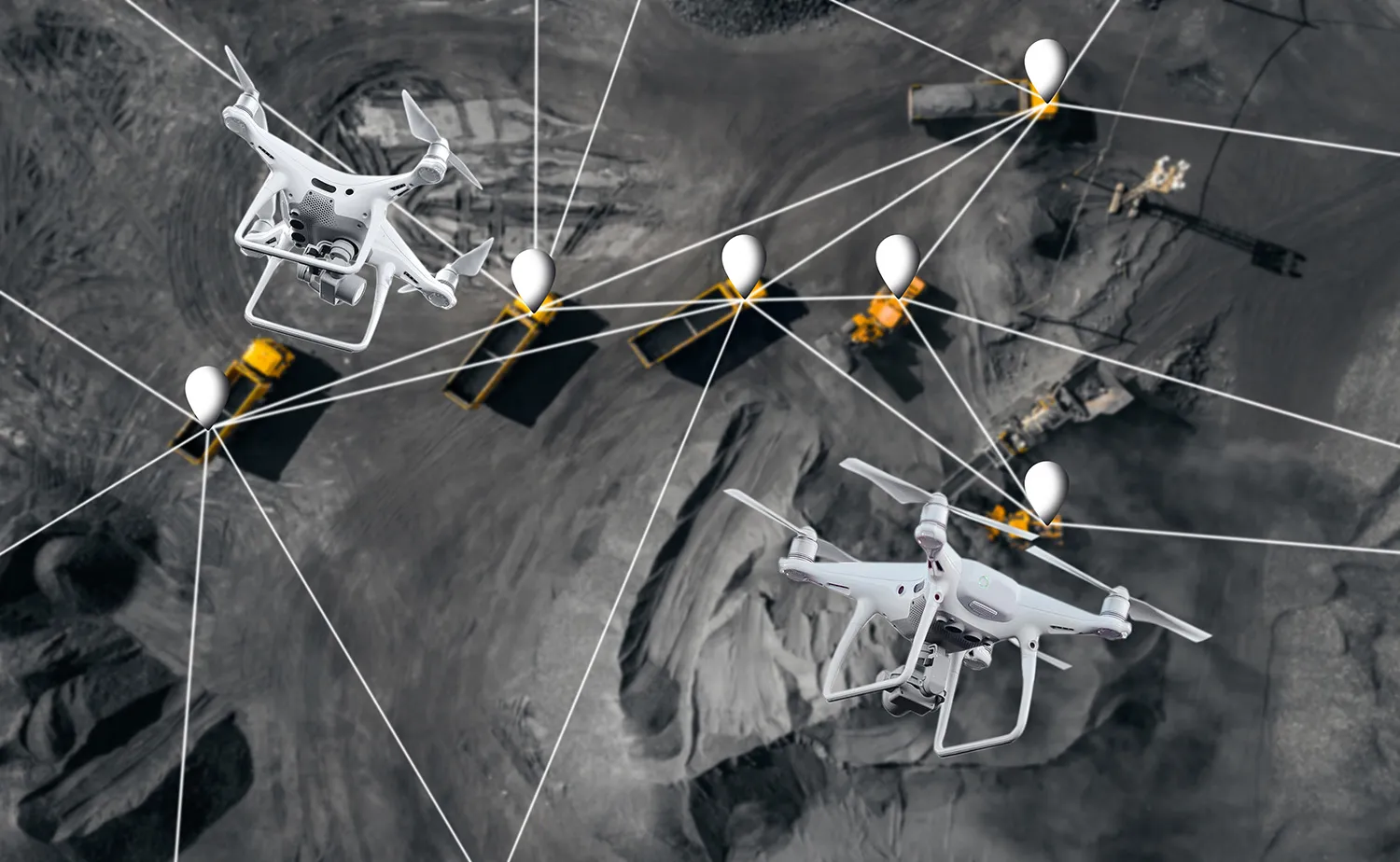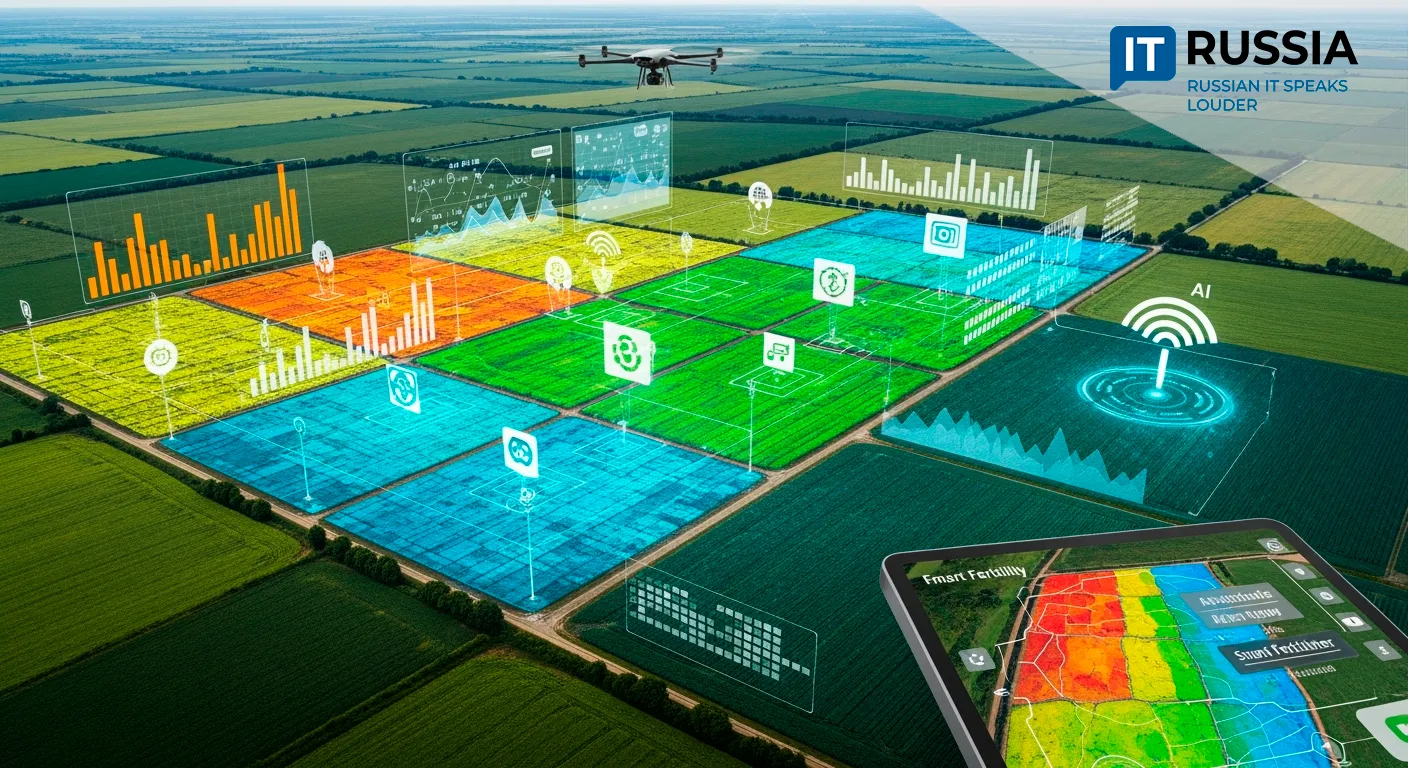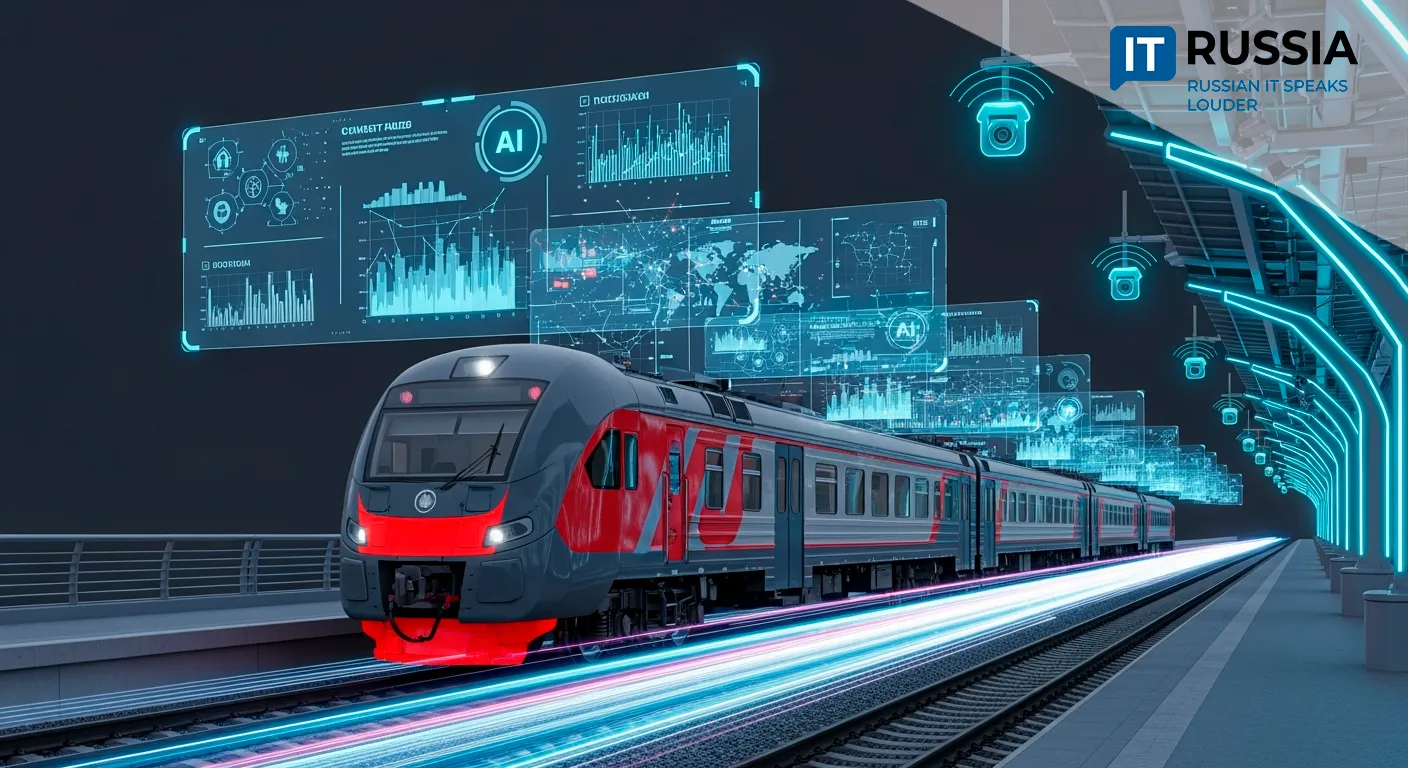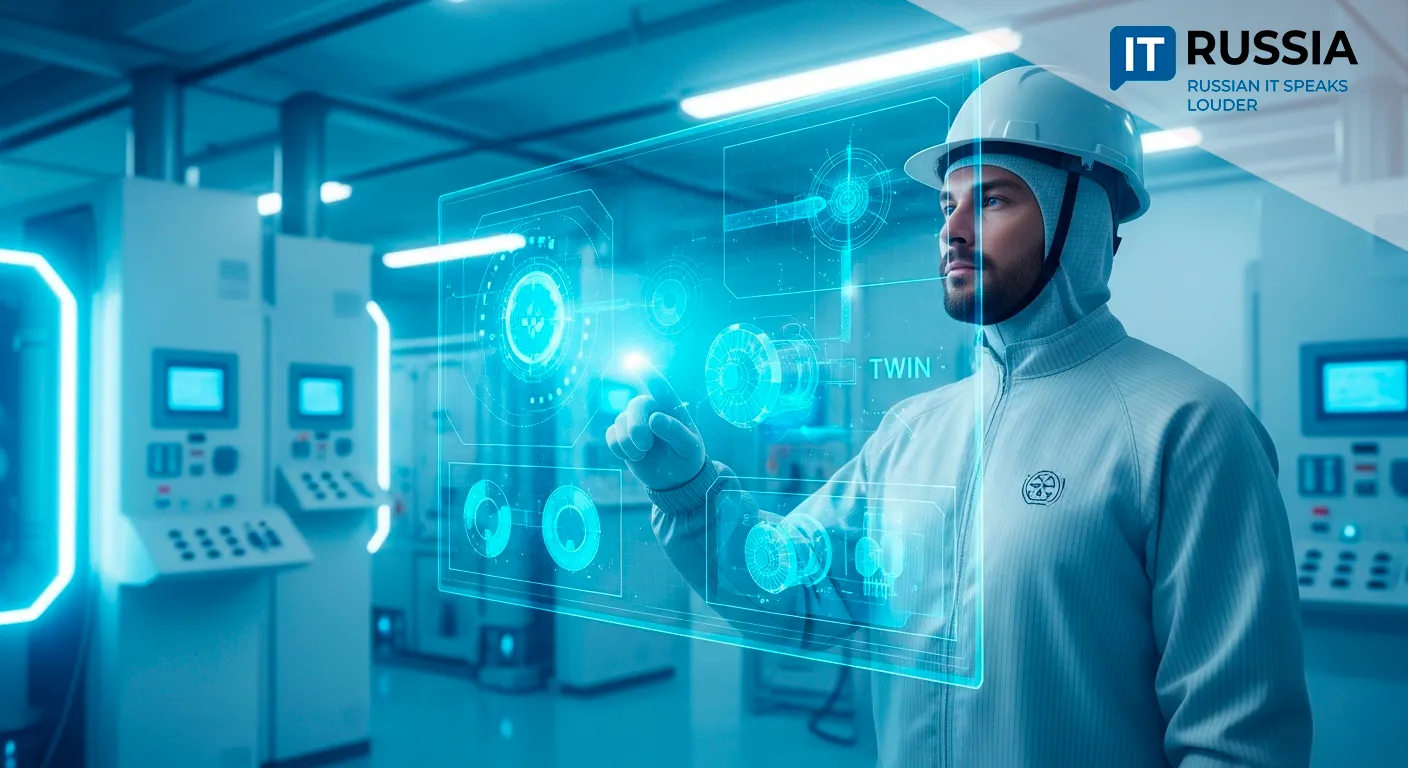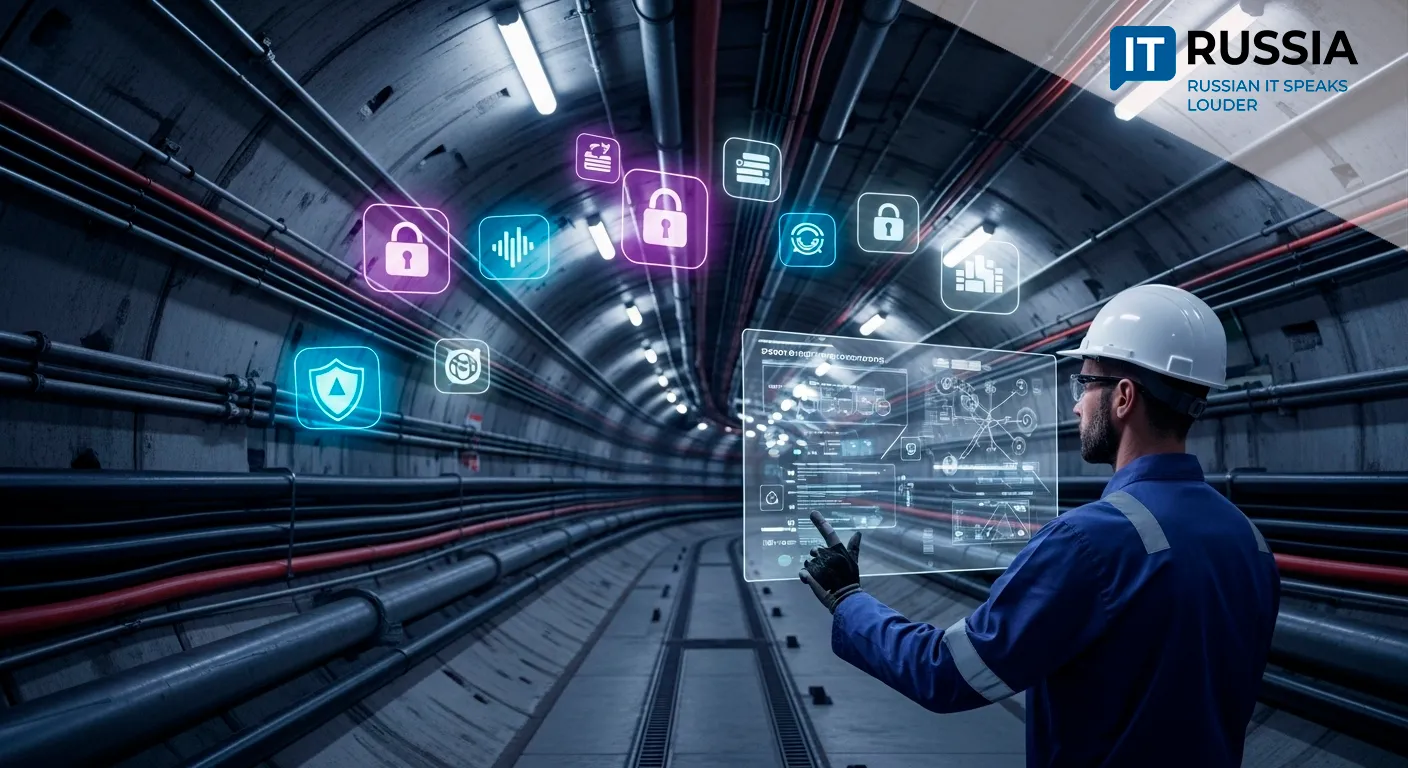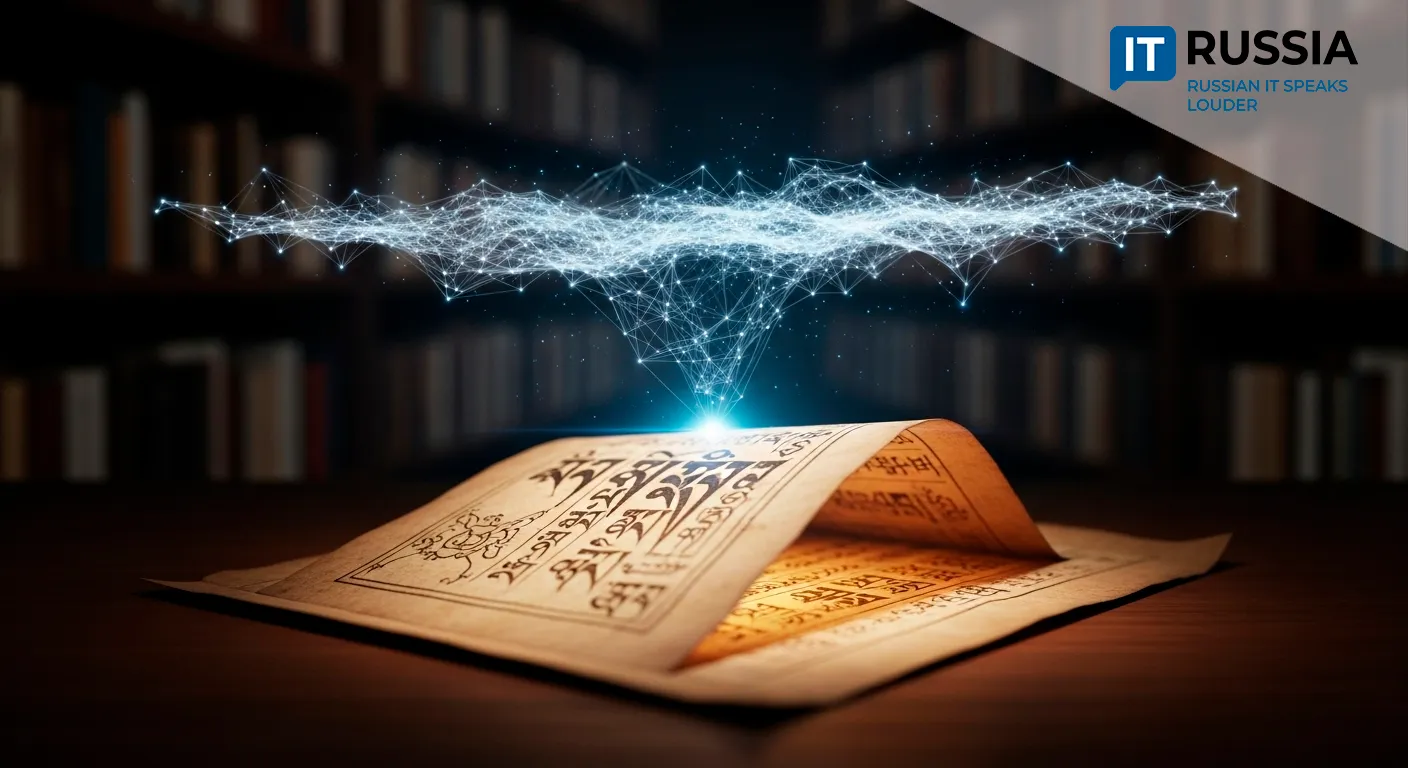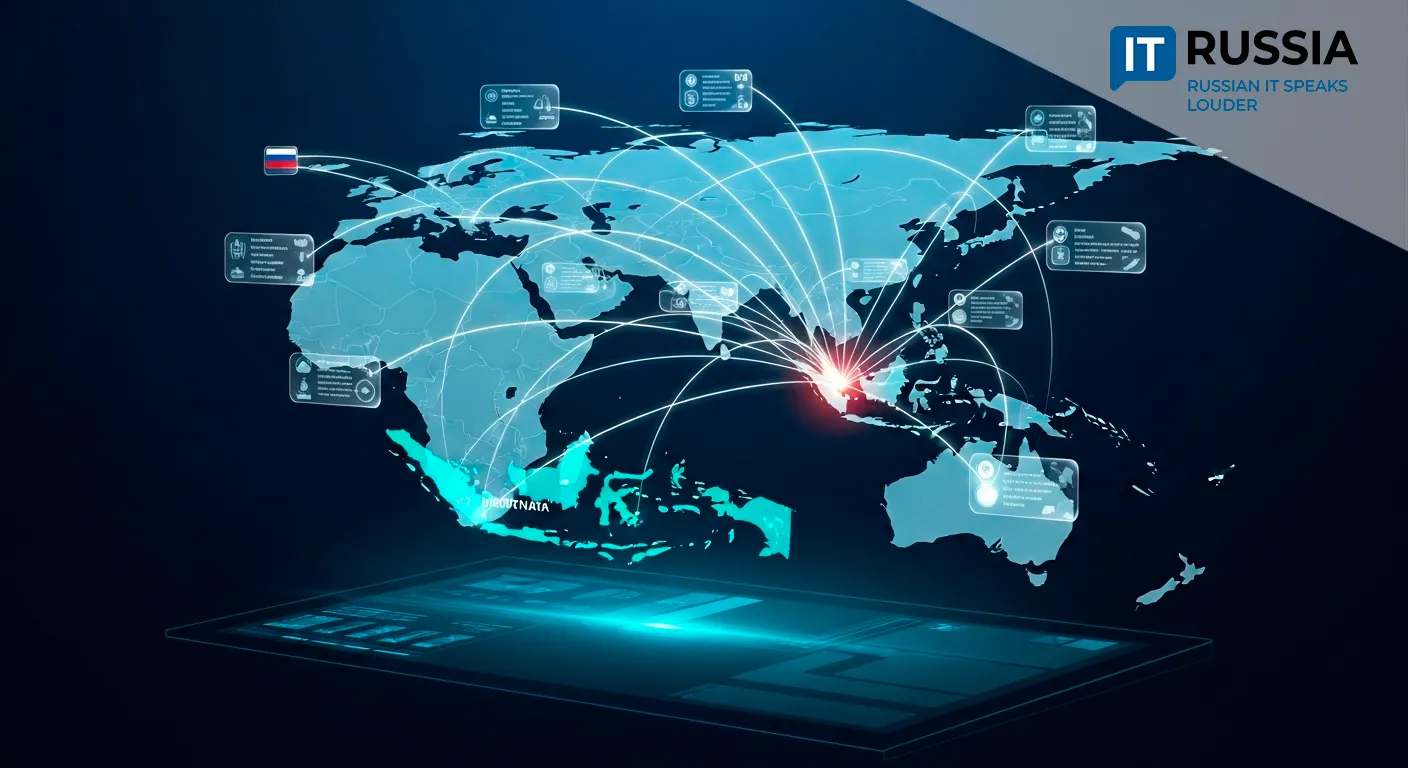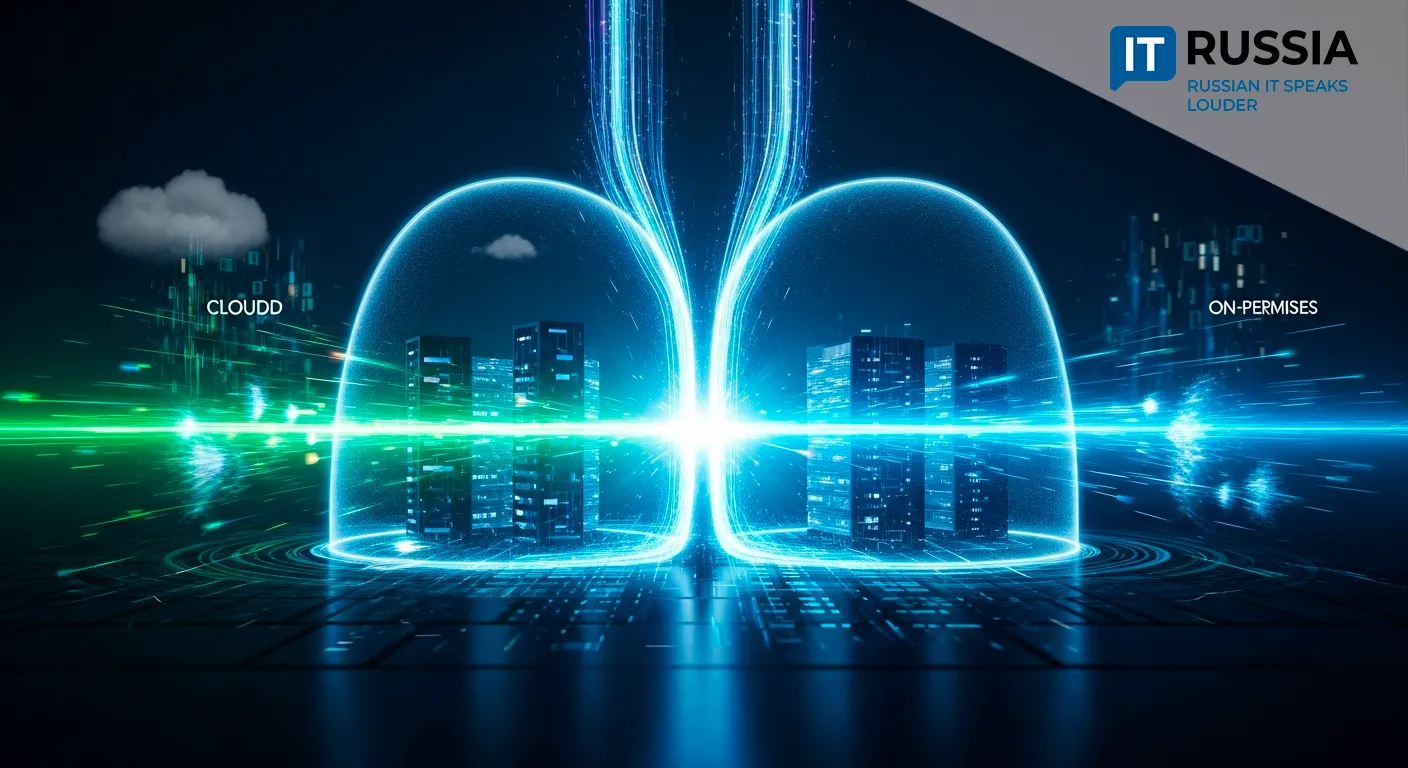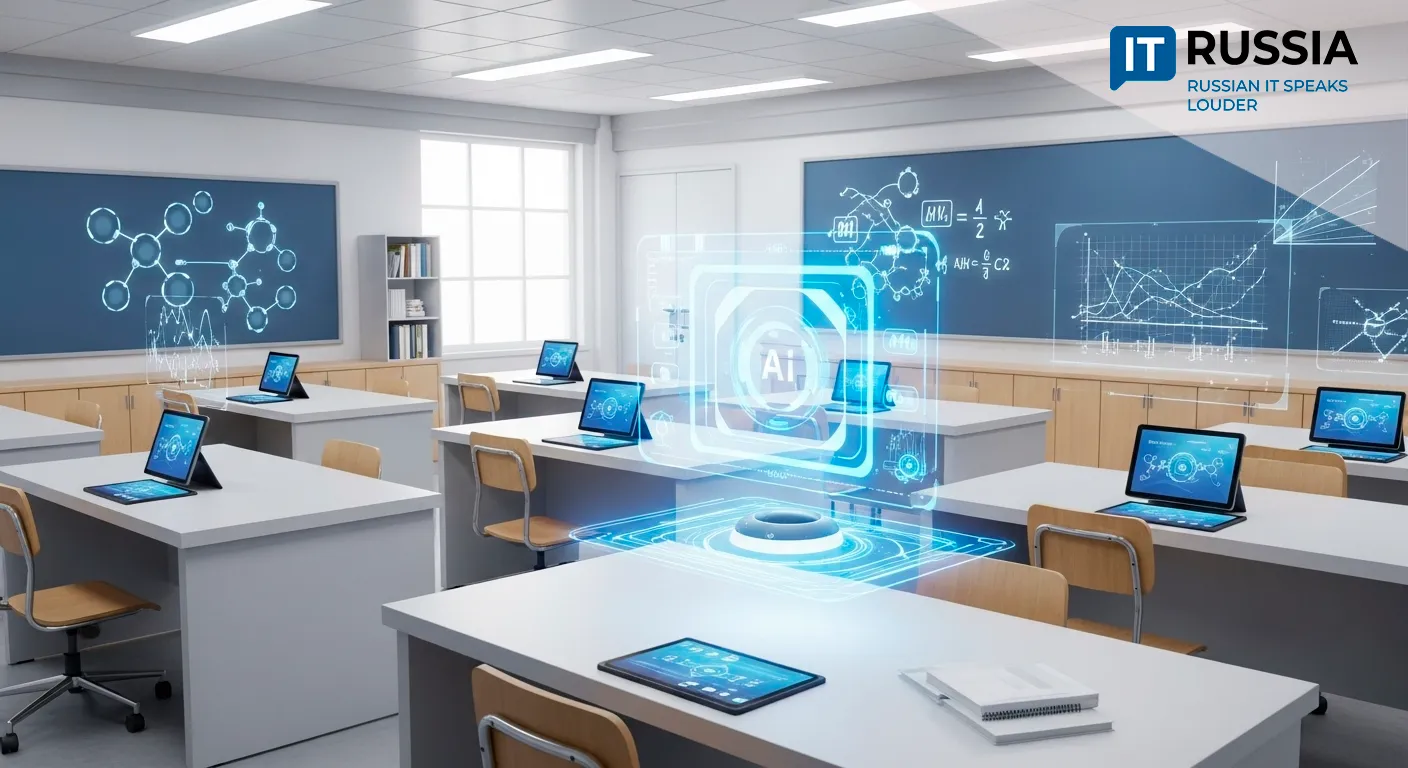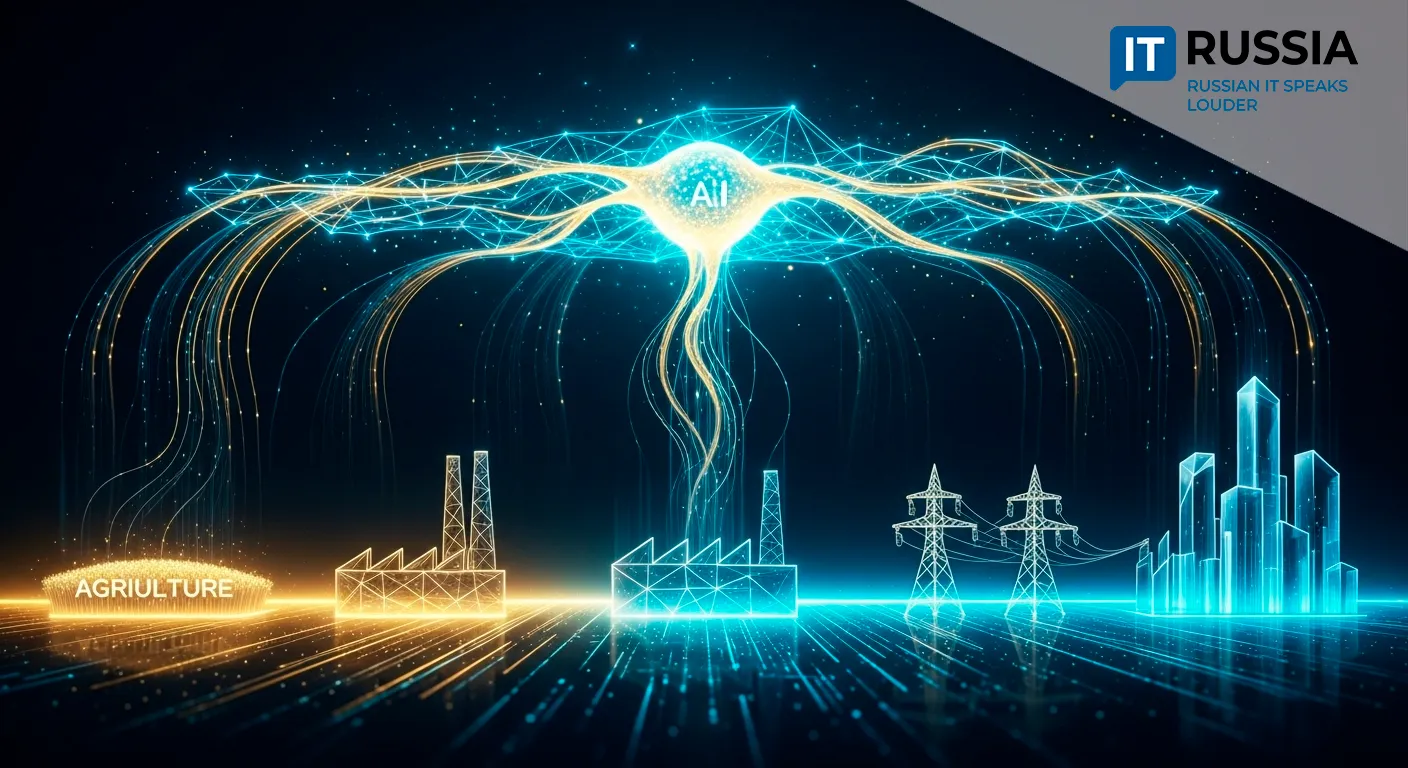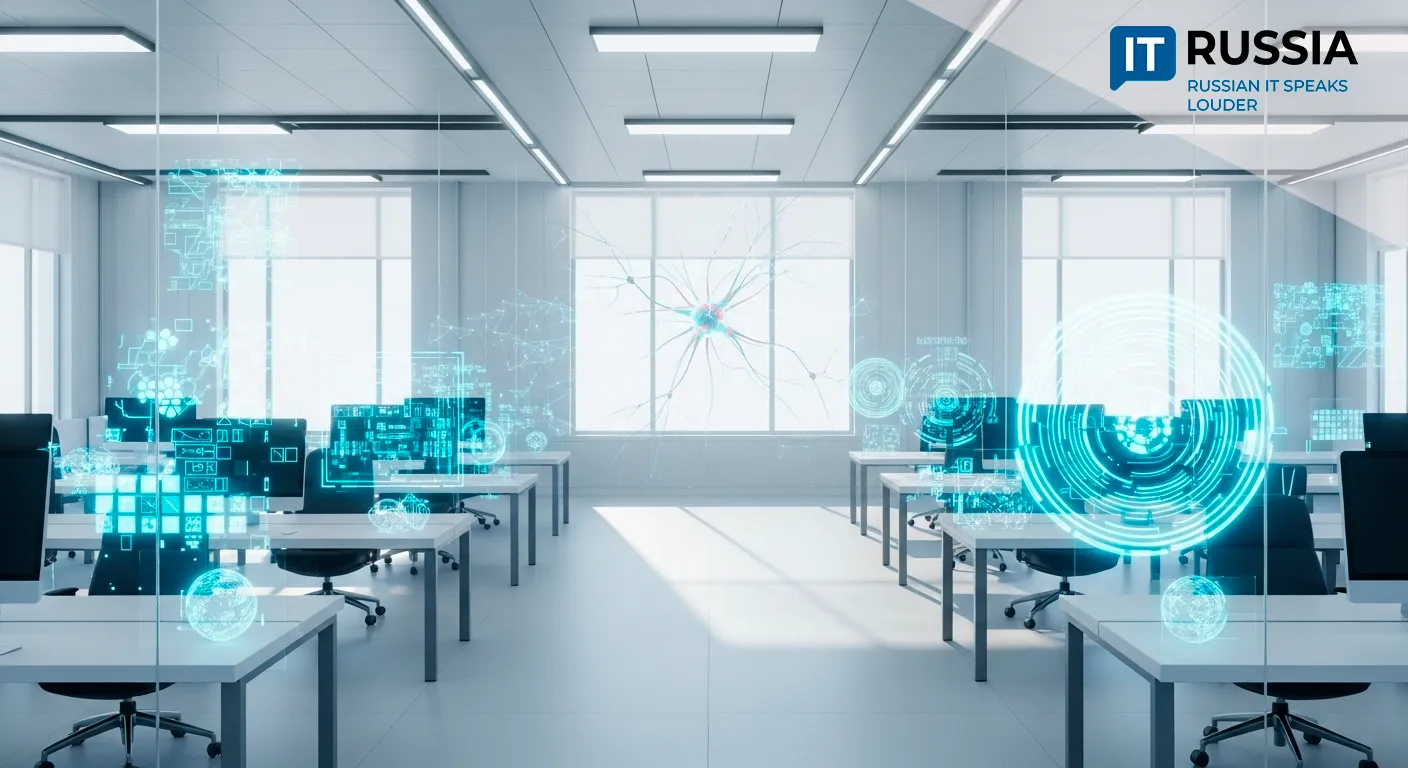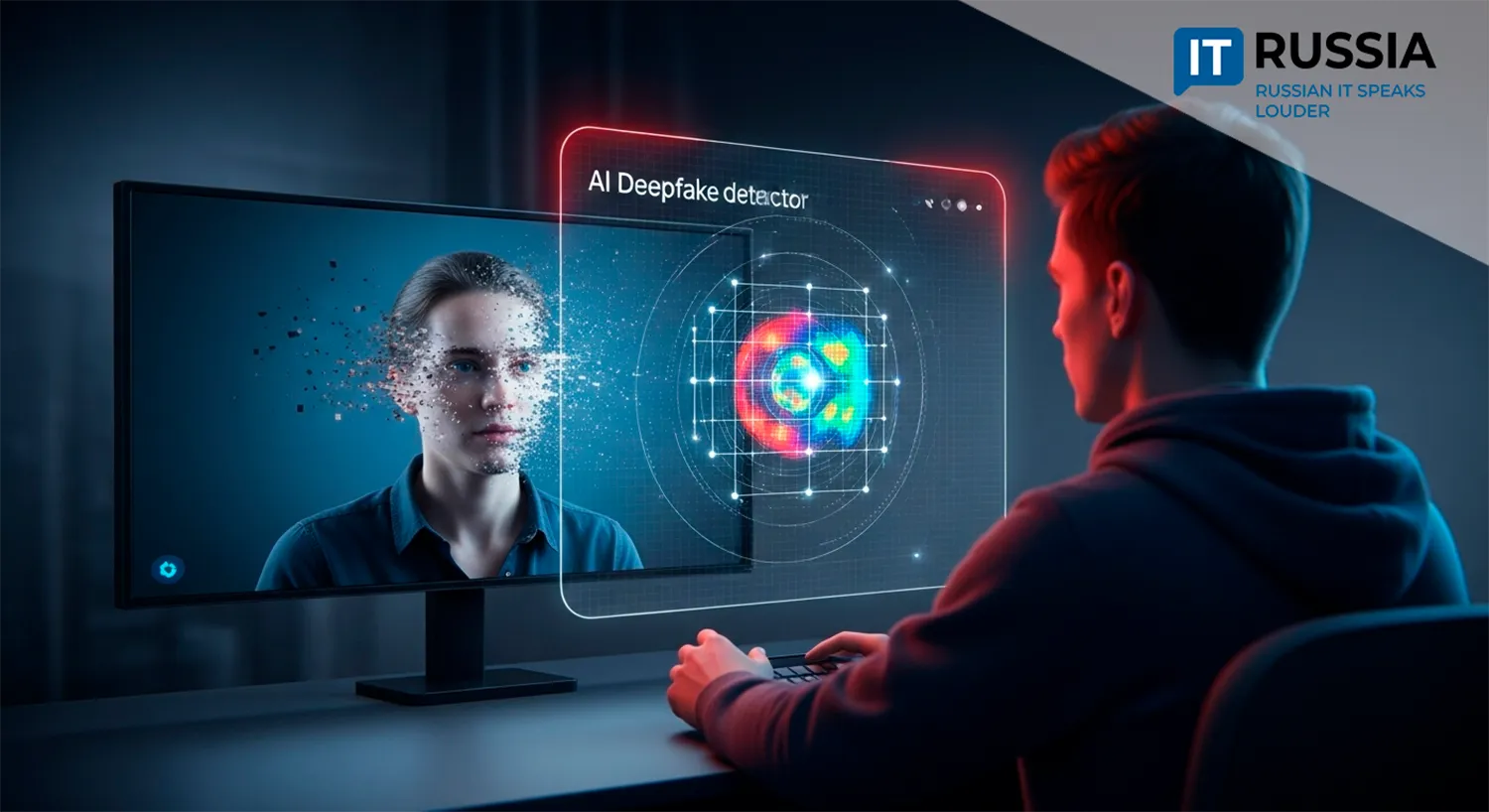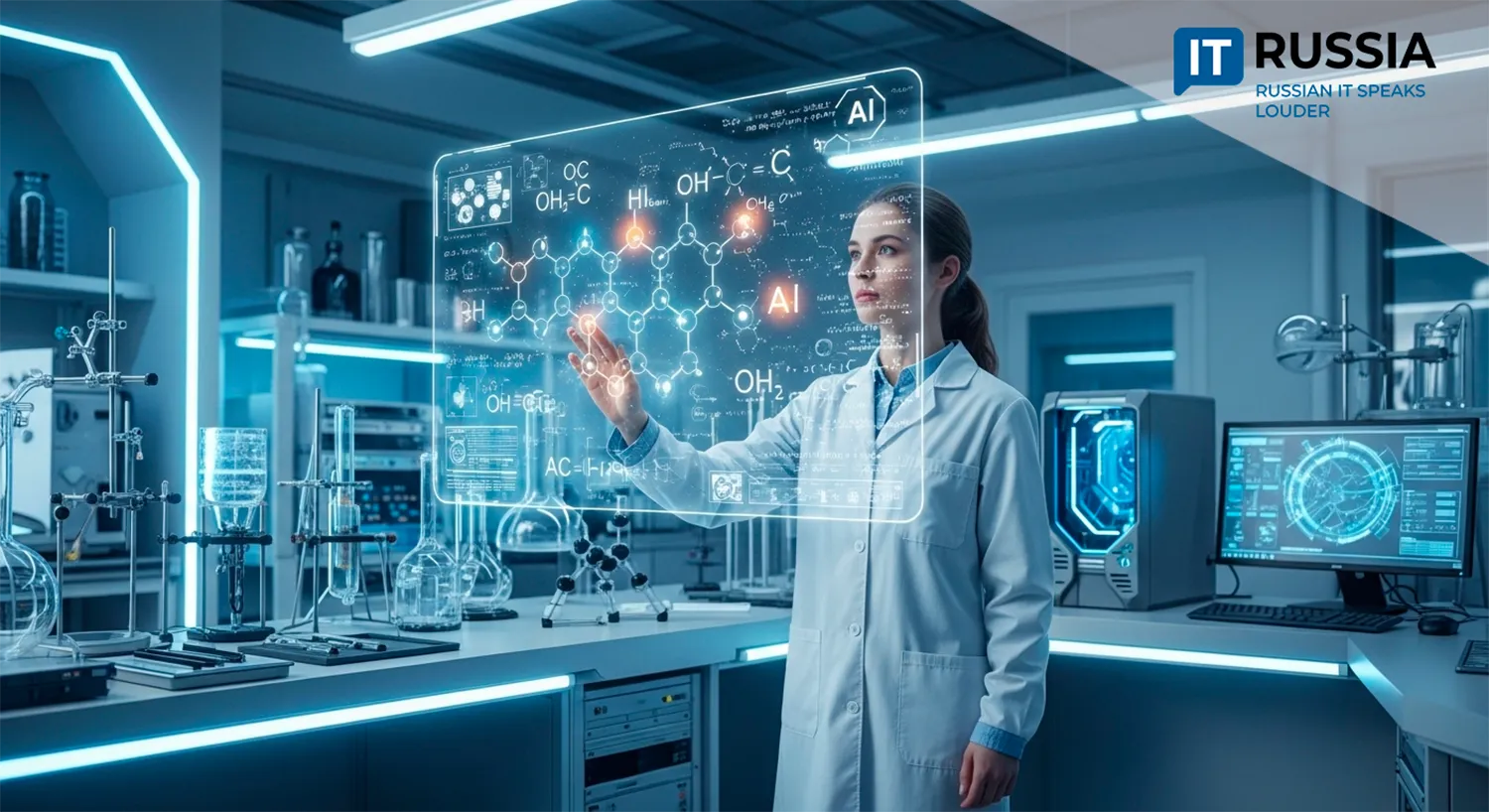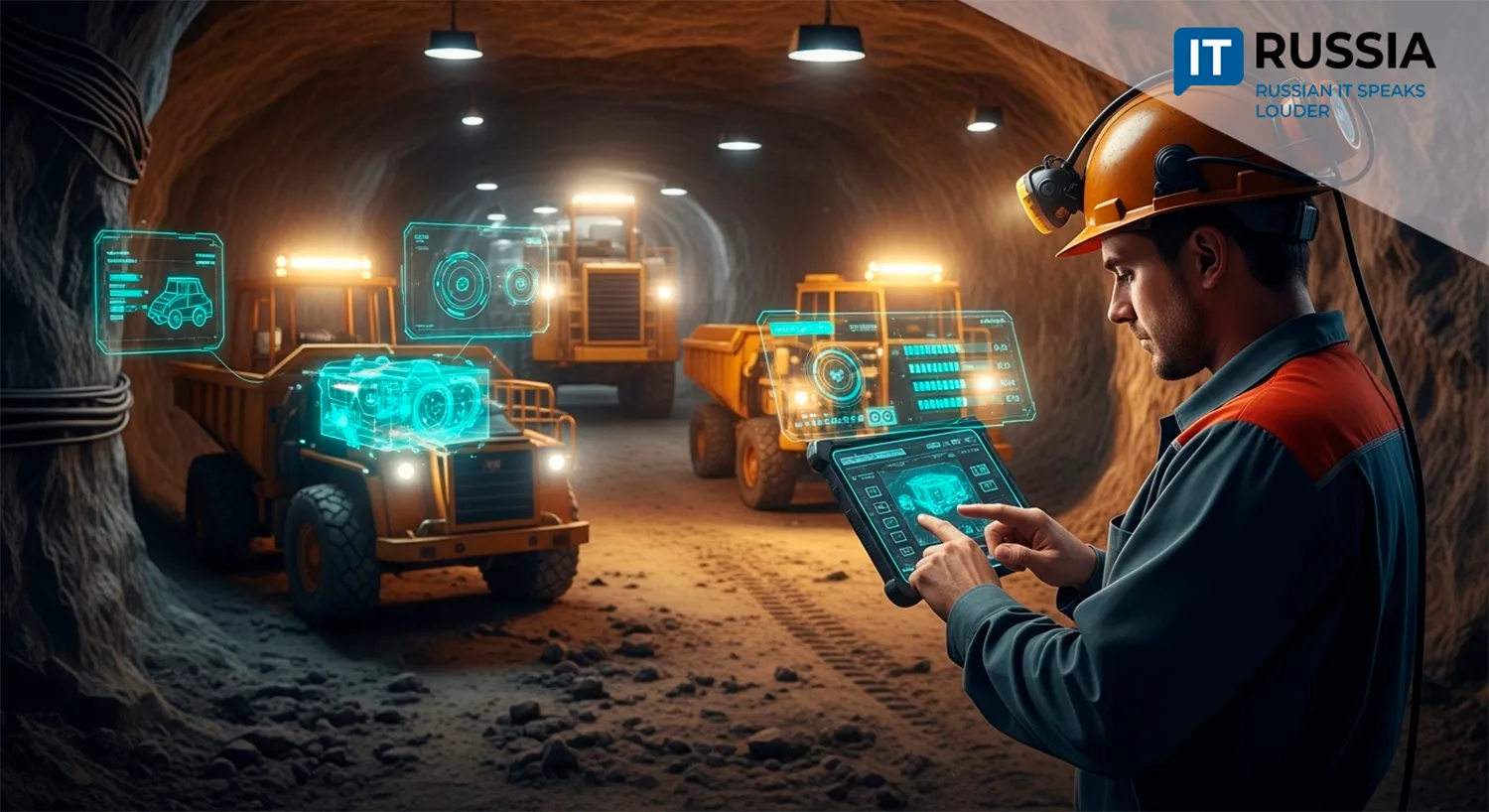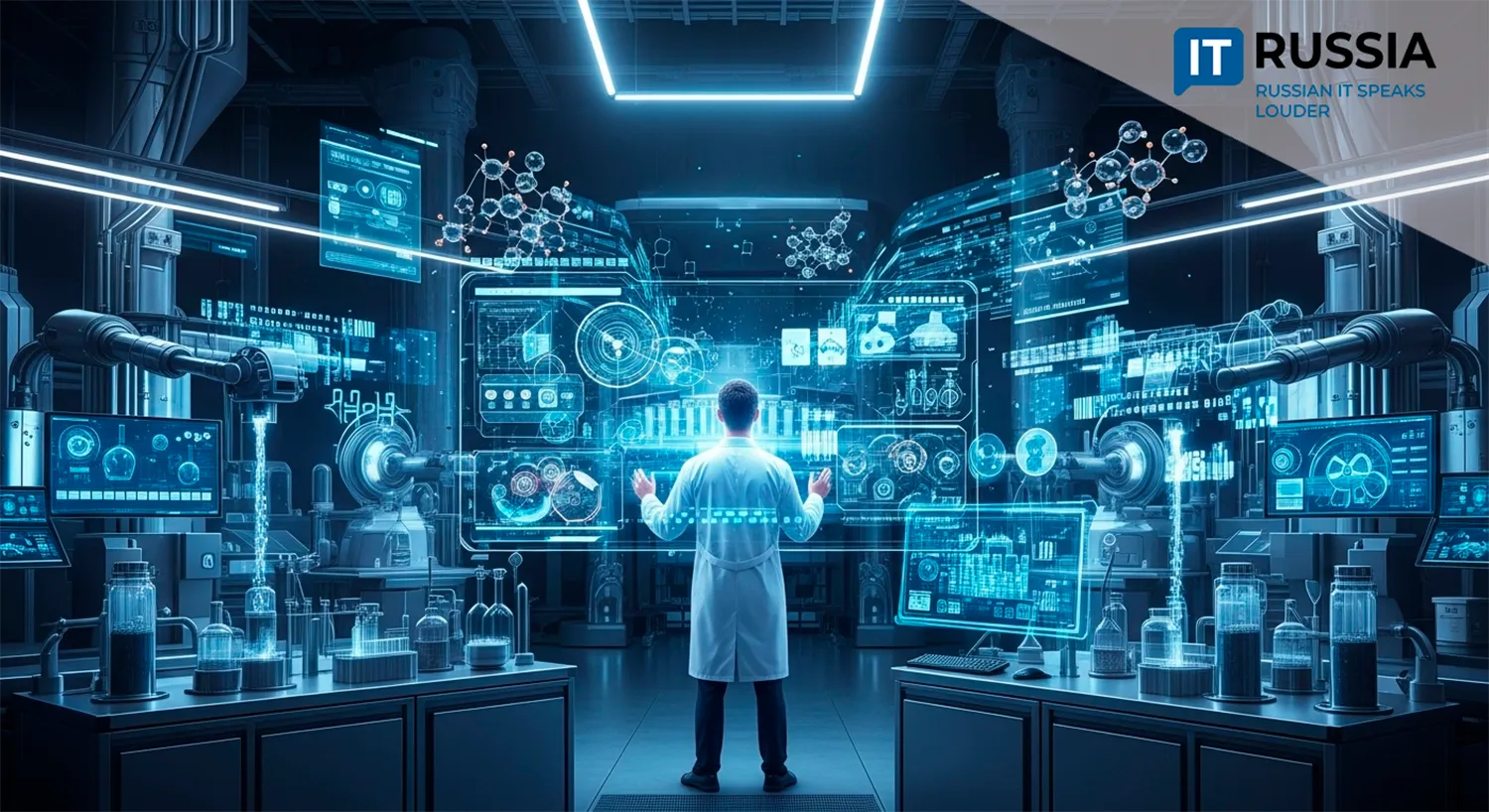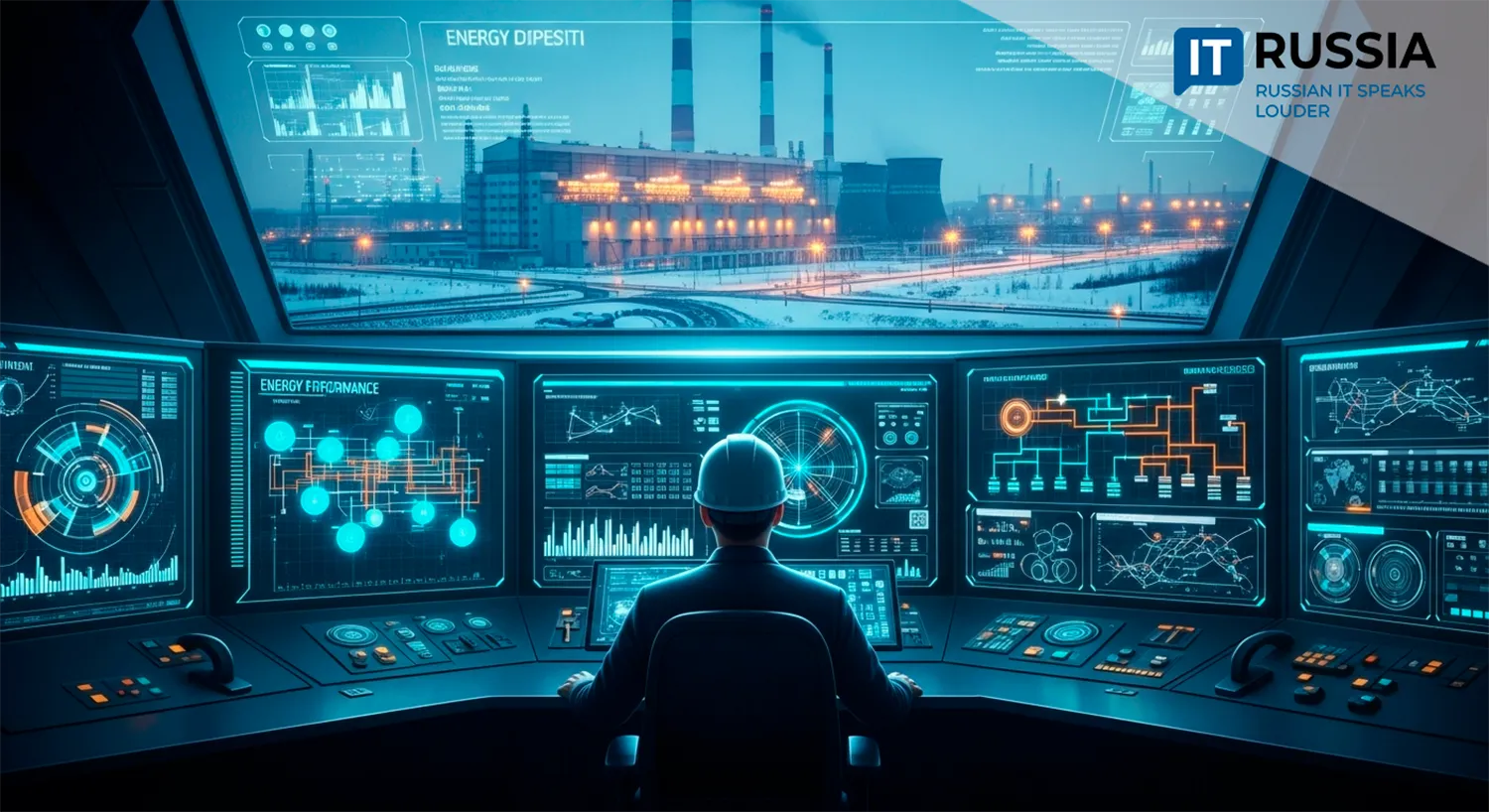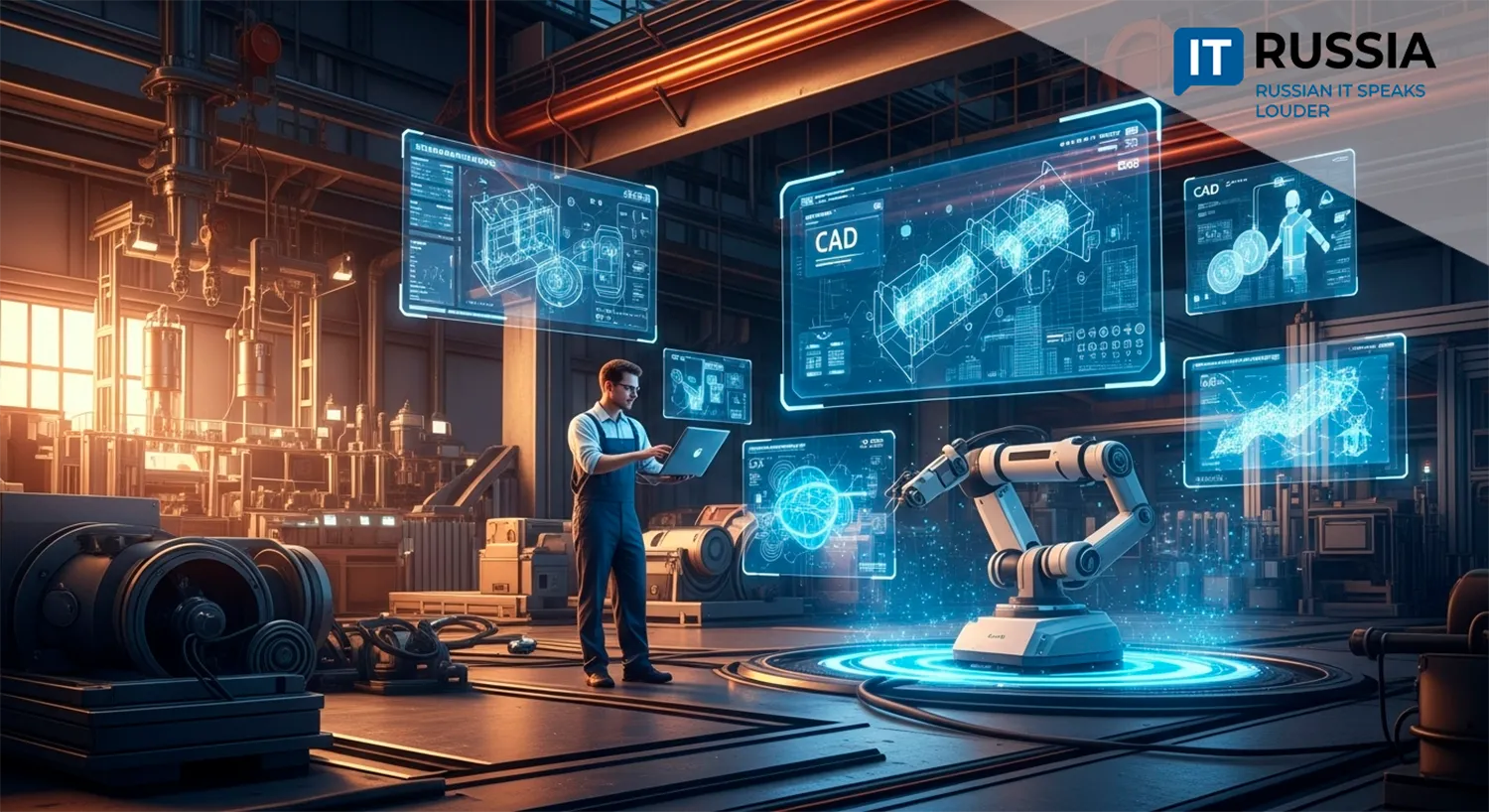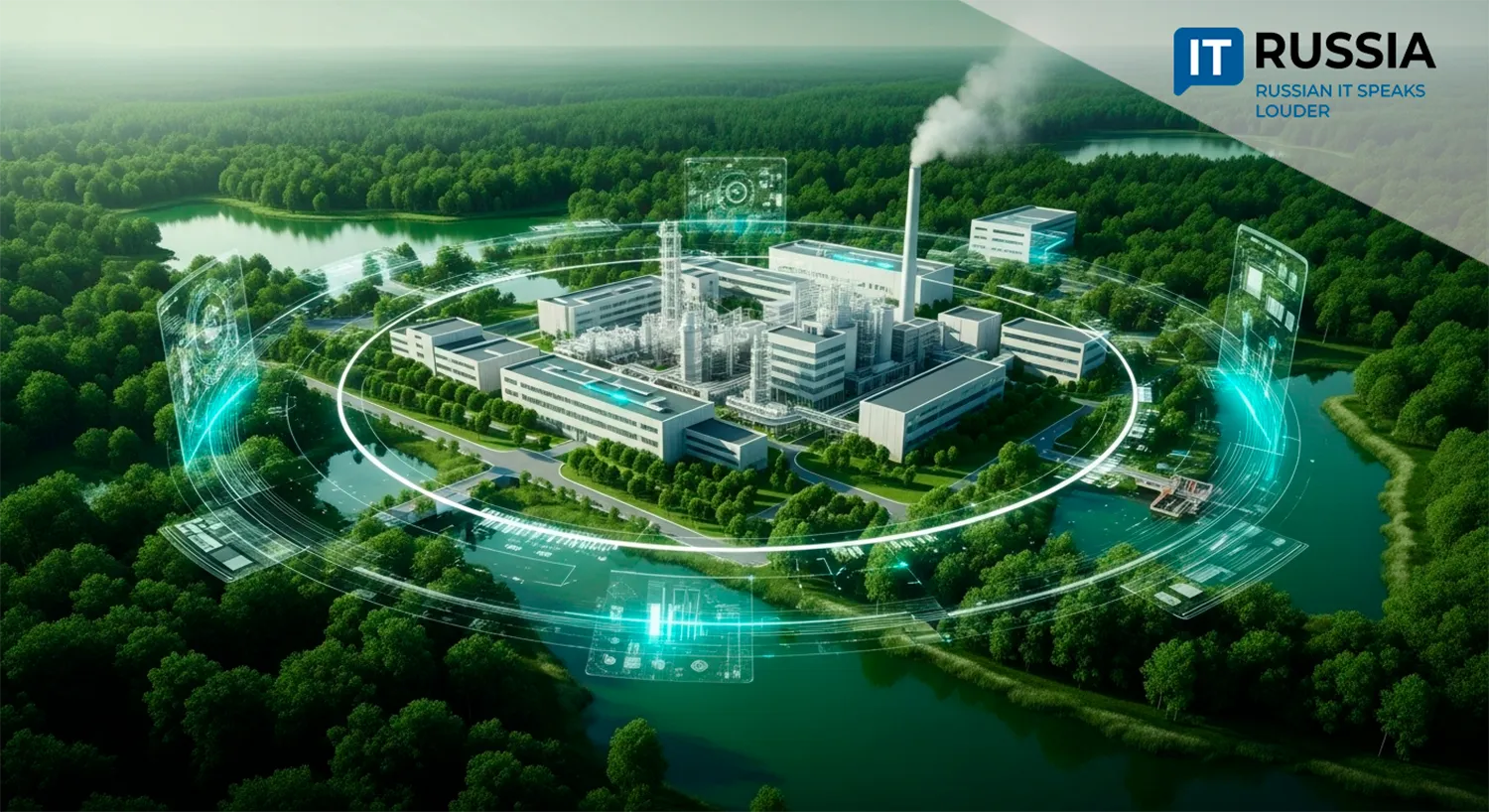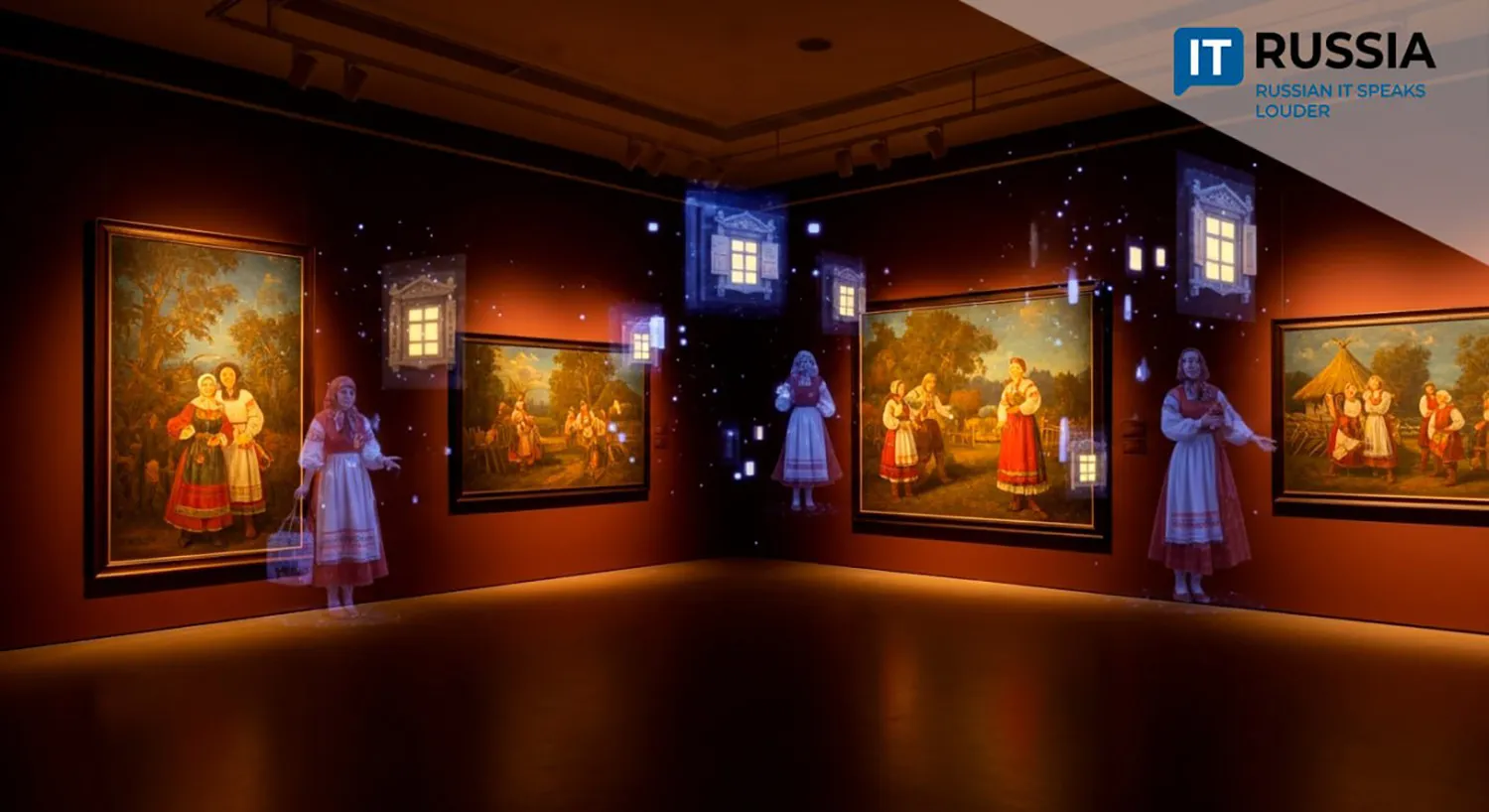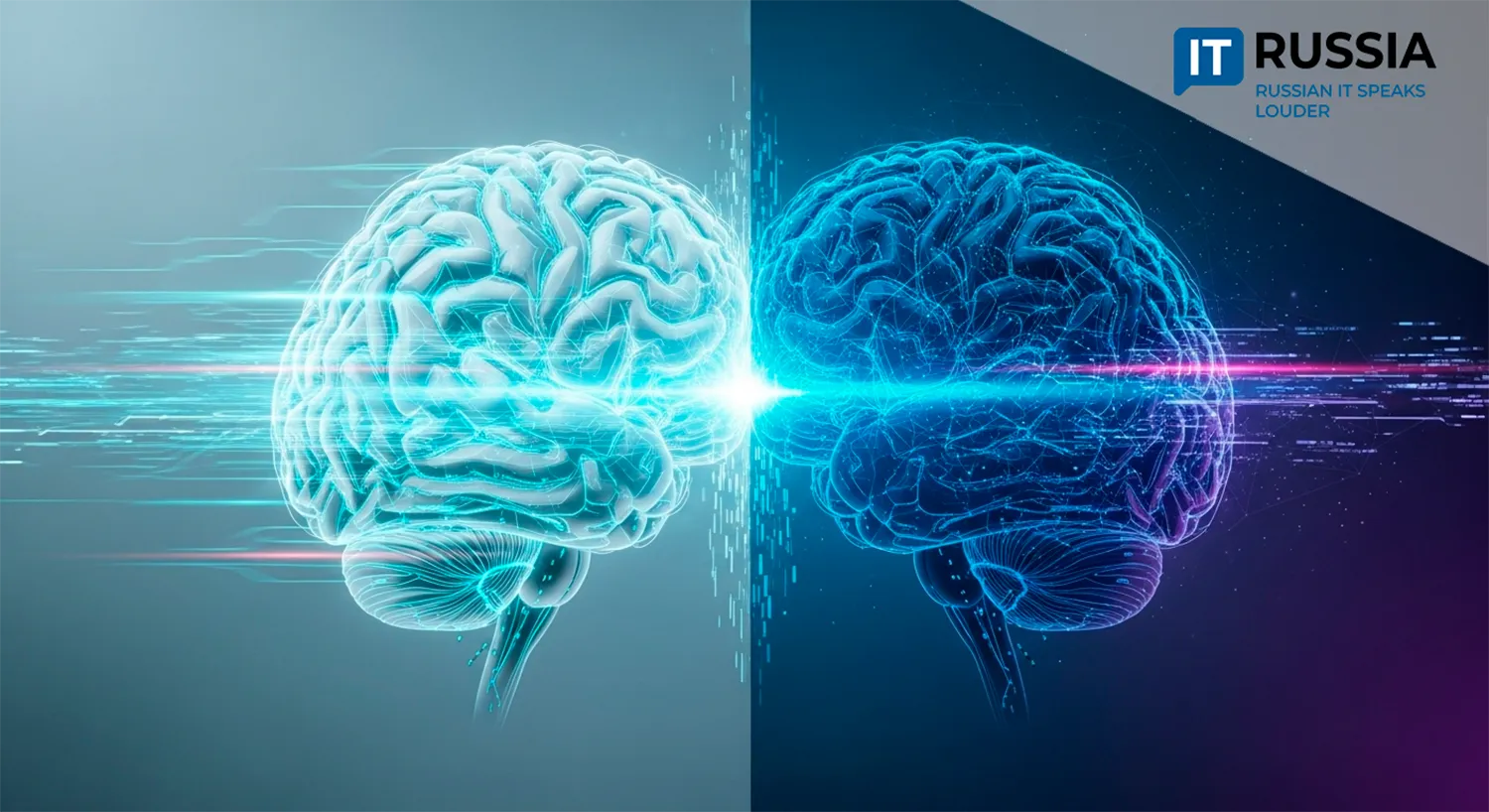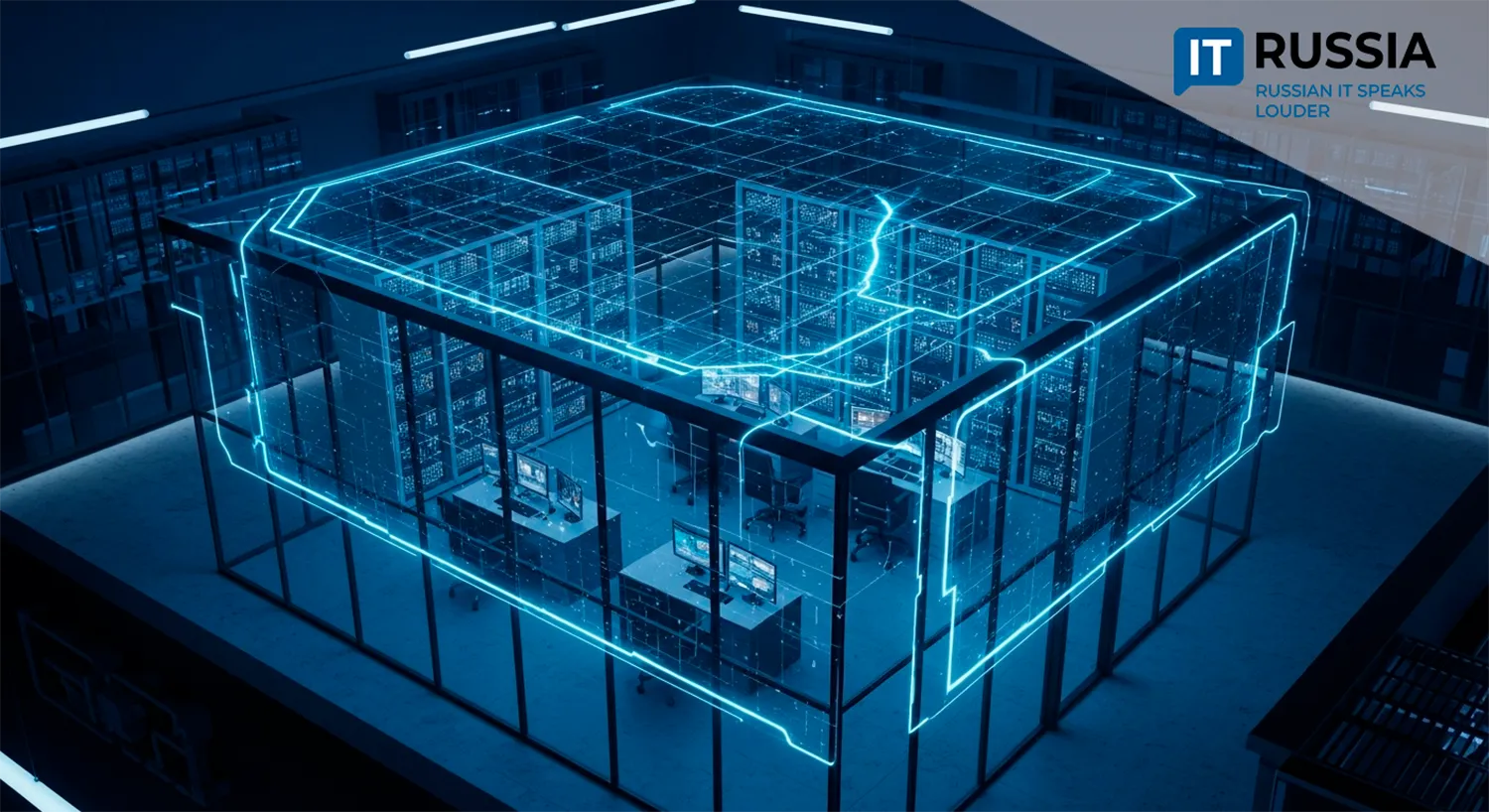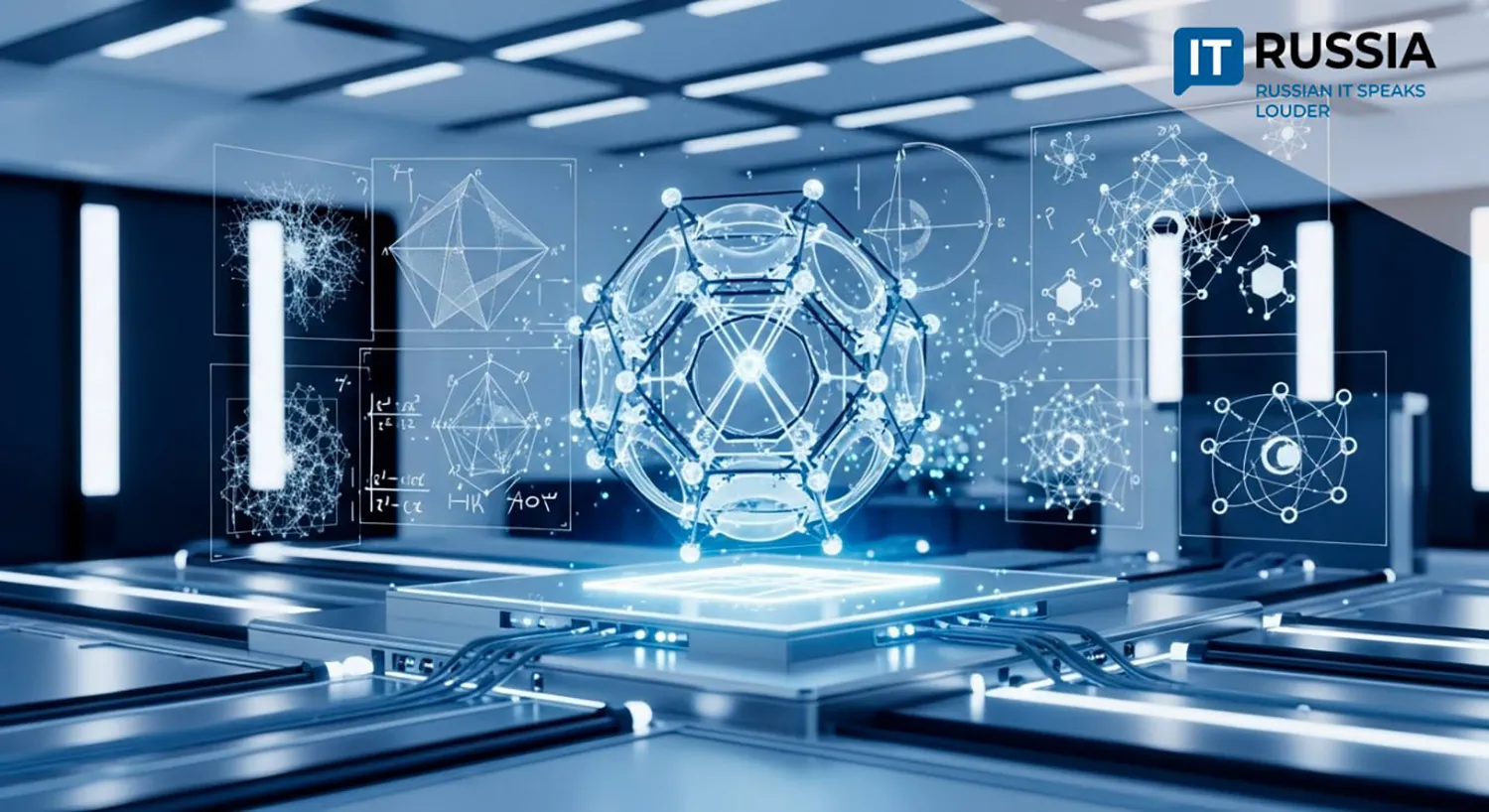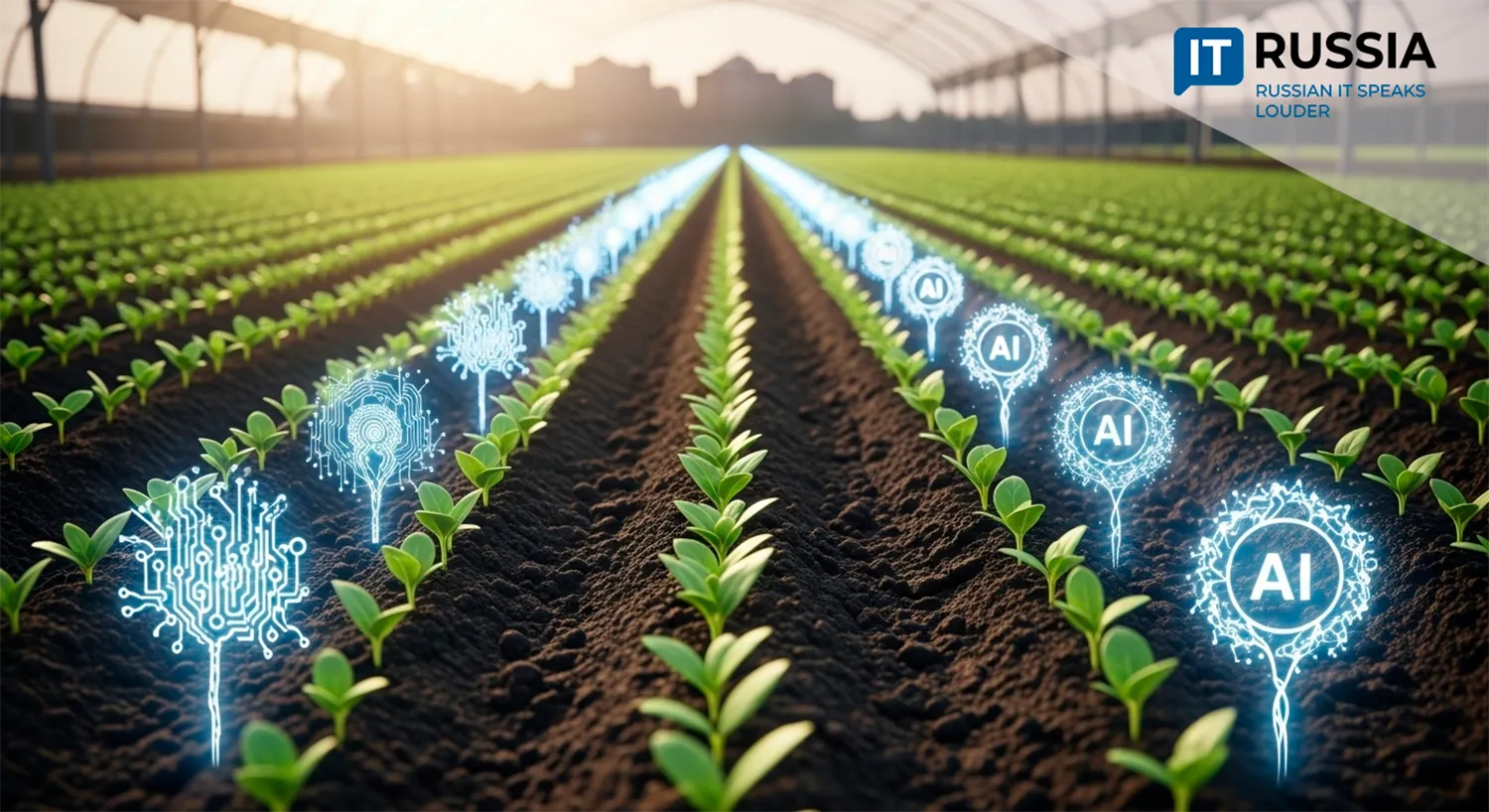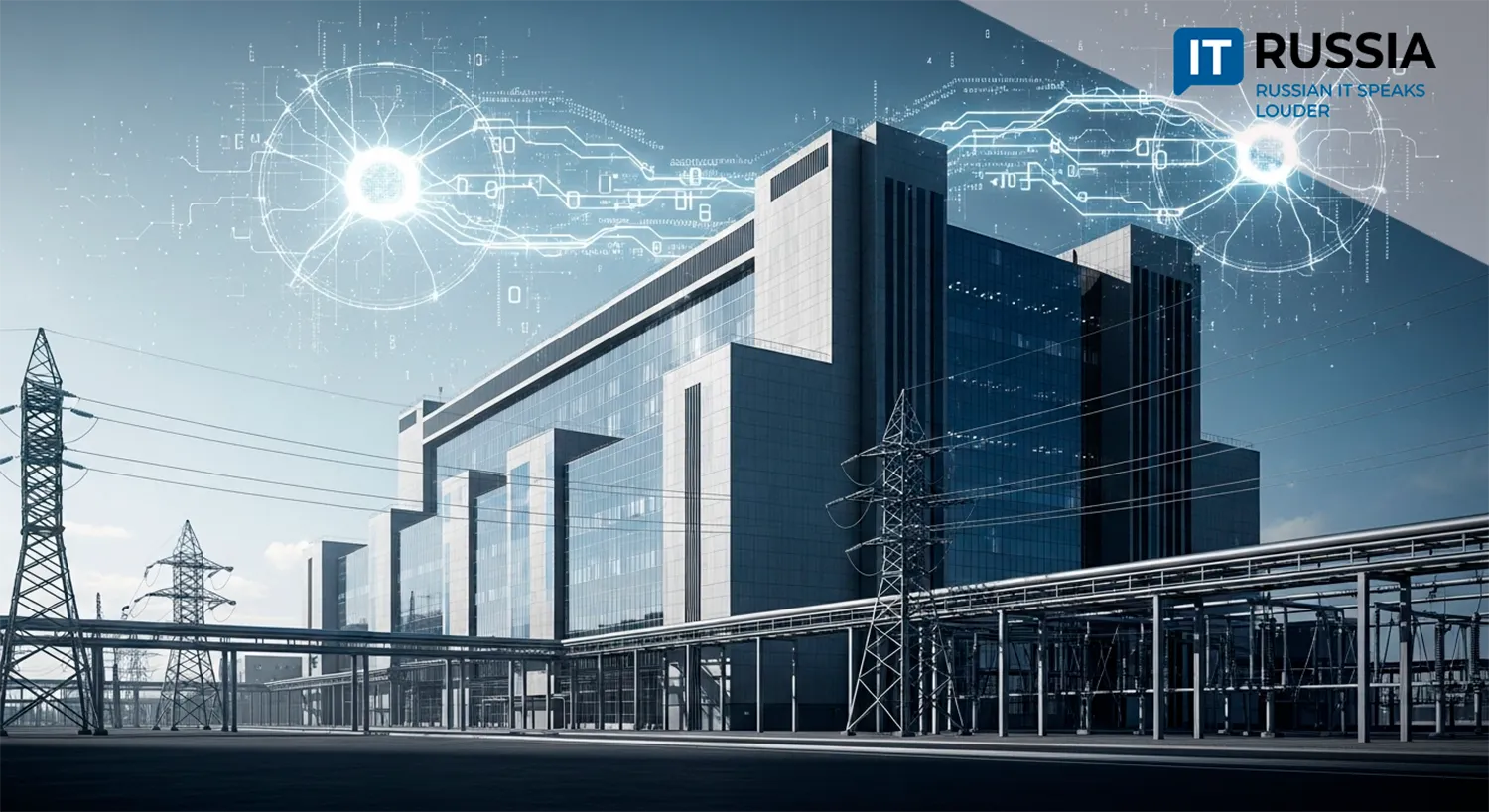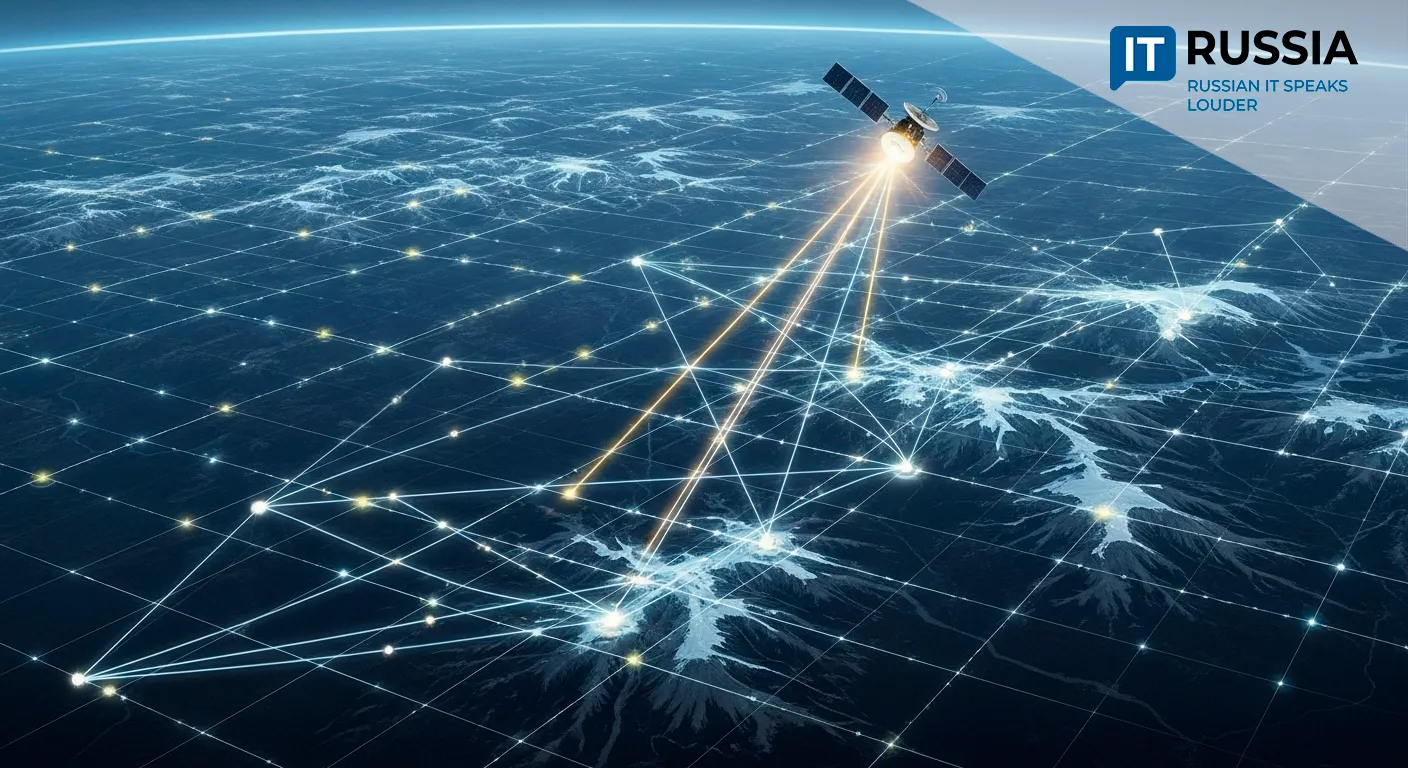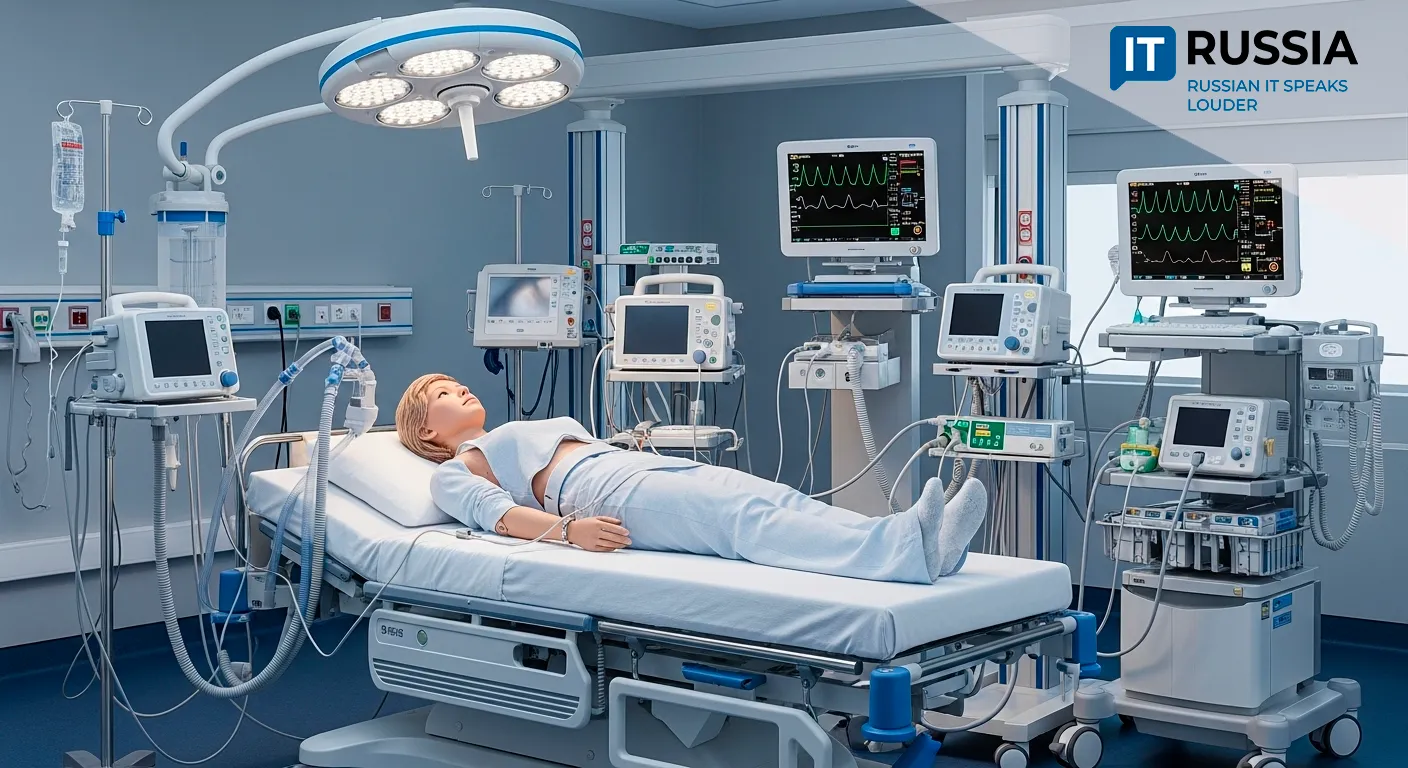Russia Builds a Robust Robotics Ecosystem
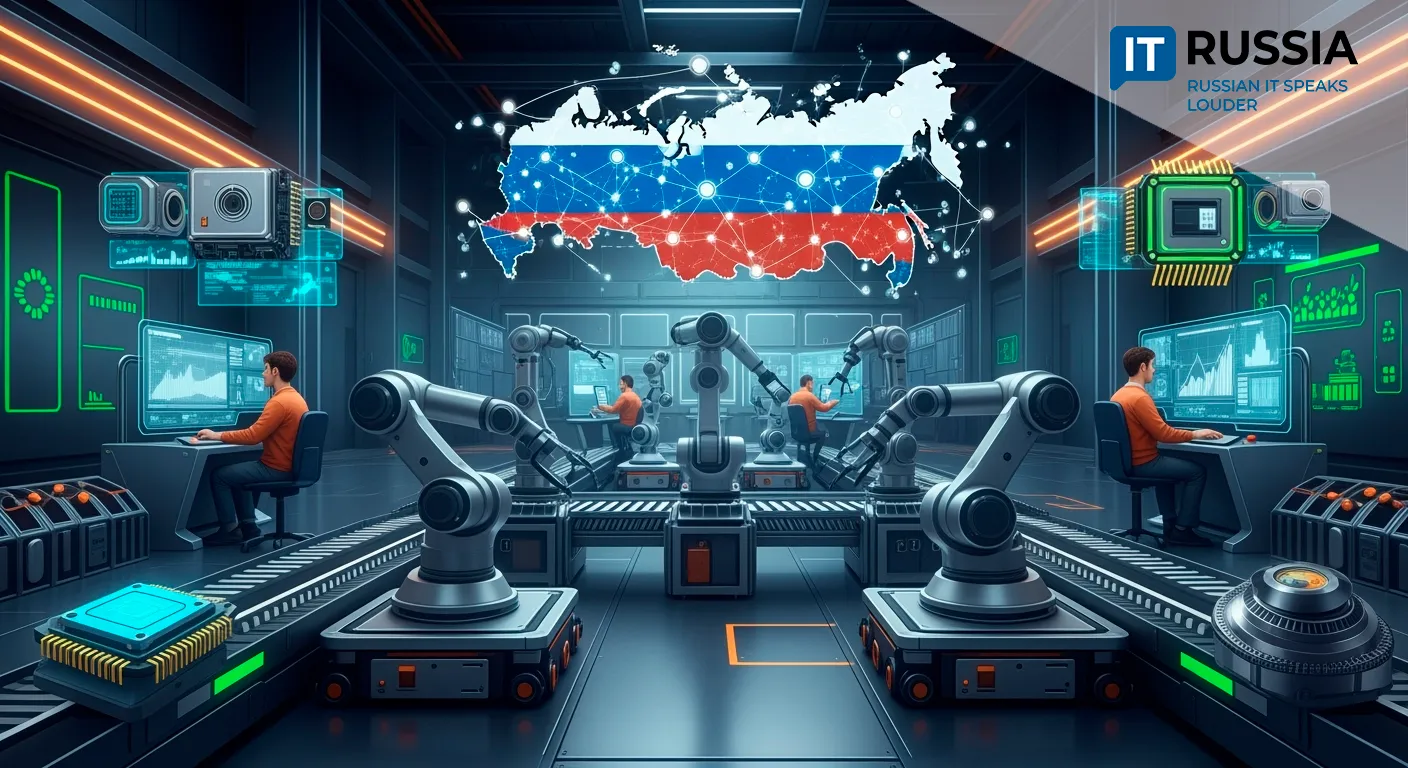
Russia is taking strategic steps to become one of the top 25 nations in industrial robot density, laying the groundwork for a sustainable robotics economy built on national innovation and import substitution.
New National Program Spurs Robotics Industry
On January 1, 2025, Russia launched a new national program—Unmanned Aerial Systems (UAS)—aimed at developing a full-fledged economic sector built around the production and civilian use of drones.
The program includes the creation of 48 scientific and production centers (SPCs) by 2030, backed by more than $832 million in funding. These centers will improve access to high-tech infrastructure across Russia's regions, lower entry barriers for startups and SMEs, and increase equipment utilization.
The plan foresees a fleet of over 100,000 drones by 2030 and over one million by 2035.
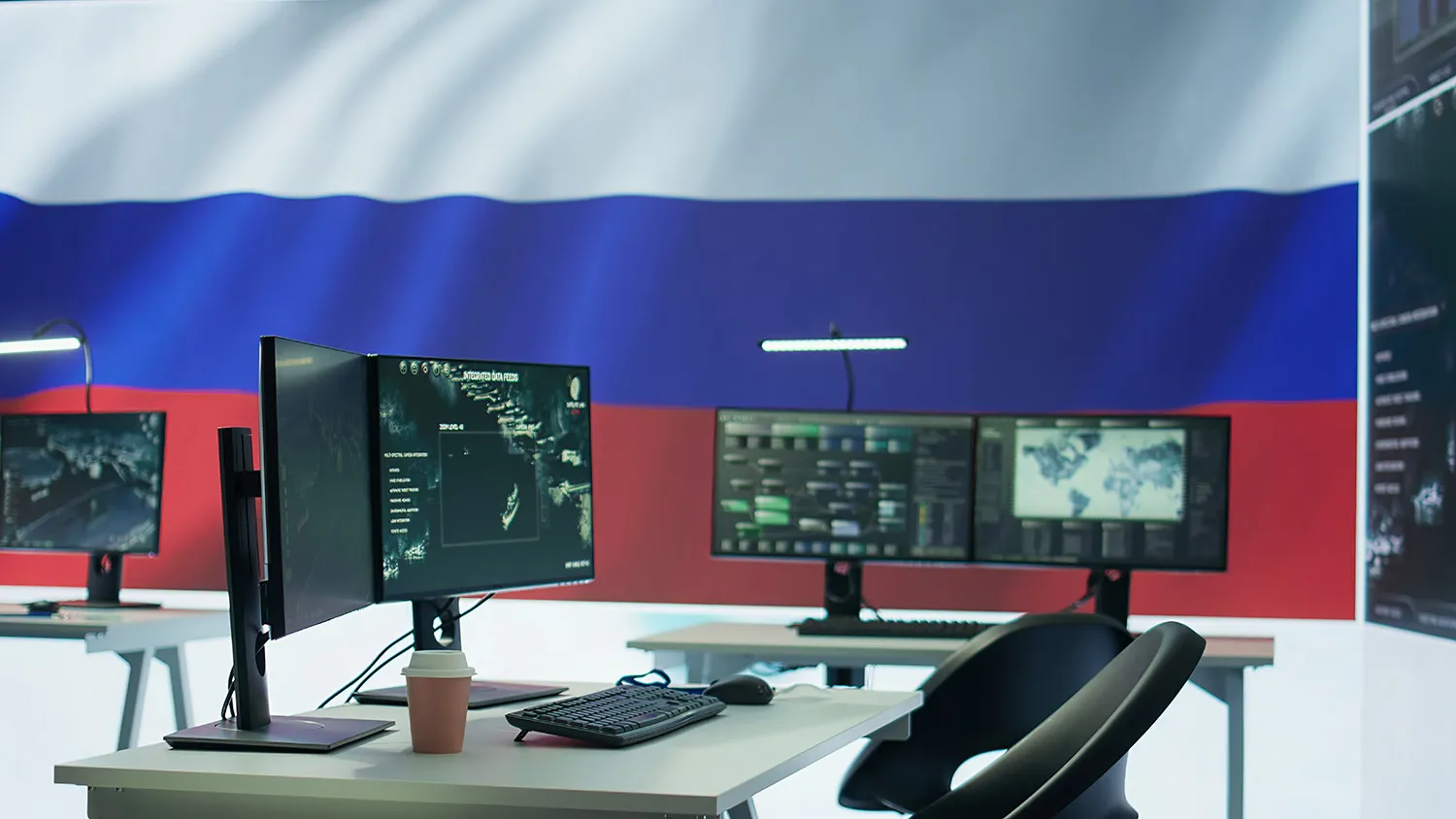
Originally intended for unmanned systems, these SPCs are now being adapted for broader use, including robotics and electronics manufacturing and workforce training.
Industry analysts support this expansion, noting strong overlaps in components and production processes across drones, robotics, and electronics. Retooling a center to accommodate new goals is estimated to cost between $12,000 and $120,000 and may take up to a year.
In light of increasing demand for industrial robots and the national import substitution policy, repurposing the SPCs is part of a larger strategy to solidify Russia's technological sovereignty and nurture a resilient robotics ecosystem.
Innovation Growth Through High-Tech Access
The initiative is a significant boost for Russia’s IT and manufacturing sectors. Easier access to advanced infrastructure is expected to drive innovation and strengthen ties between developers, manufacturers, and end users.
This environment fosters a complete industrial cooperation chain—from chips and sensors to full robotic systems.
Notable companies like Promobot, which designs service robots for businesses, and NPO Android Technology, known for its humanoid FEDOR project, showcase Russia’s growing robotics potential. These success stories offer scalable models for further investment.
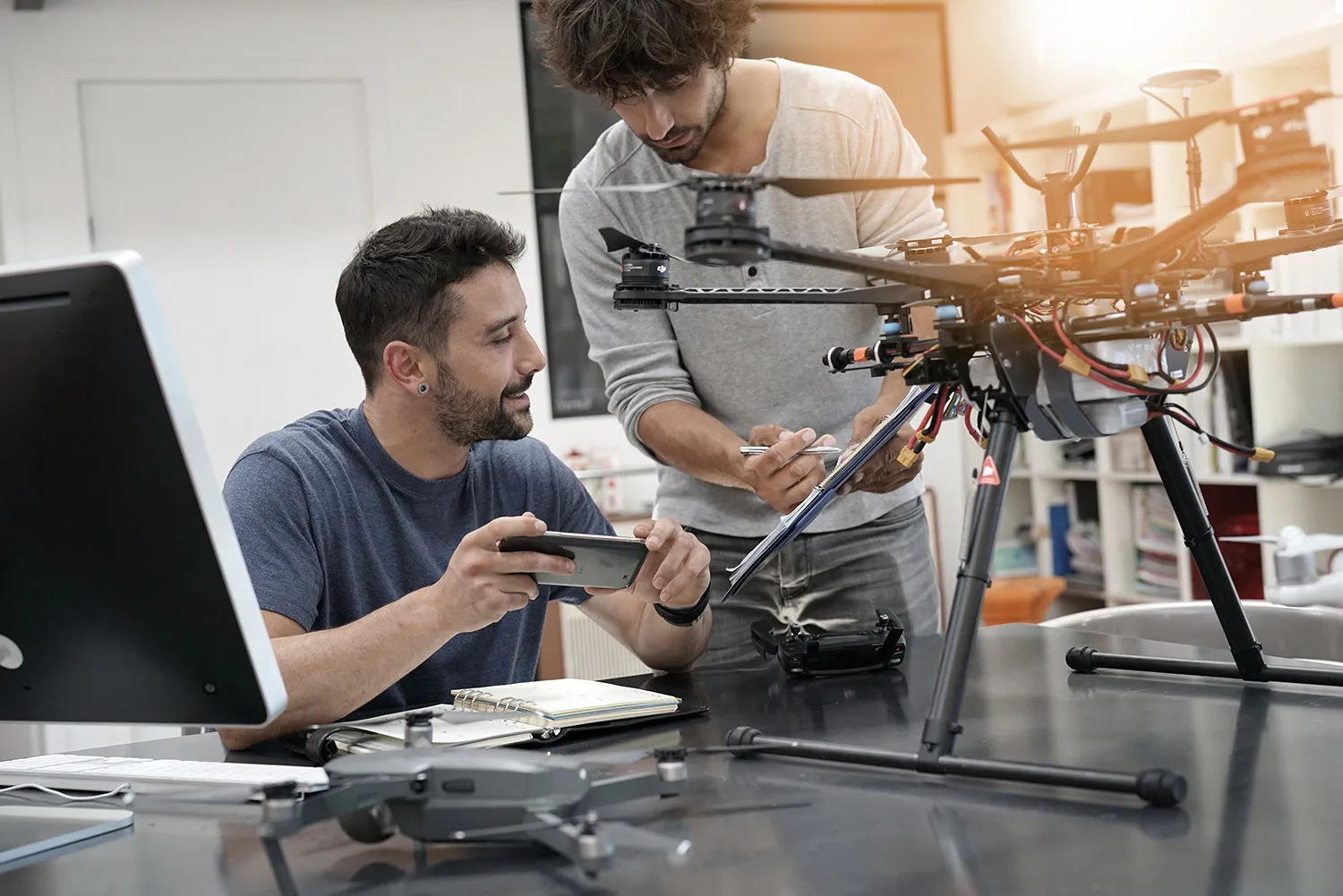
On the global stage, expanding SPC functionality paves the way for localized production of all kinds of robotics—from industrial arms to autonomous transport systems—potentially boosting Russian exports to regions like Latin America, Asia, and the CIS, where demand for affordable and adaptable solutions is on the rise.
Robotics Development Backed by Government Support
Russia’s robotics industry benefits from comprehensive state support. The national program 'Development of Industrial Robotics until 2030' allocates around $4.5 billion in funding for R&D subsidies, favorable leasing terms, interest rate compensation, and tax incentives.
In 2025, reduced leasing rates (3–5%) and relaxed localization requirements were introduced, giving manufacturers more time to adapt.
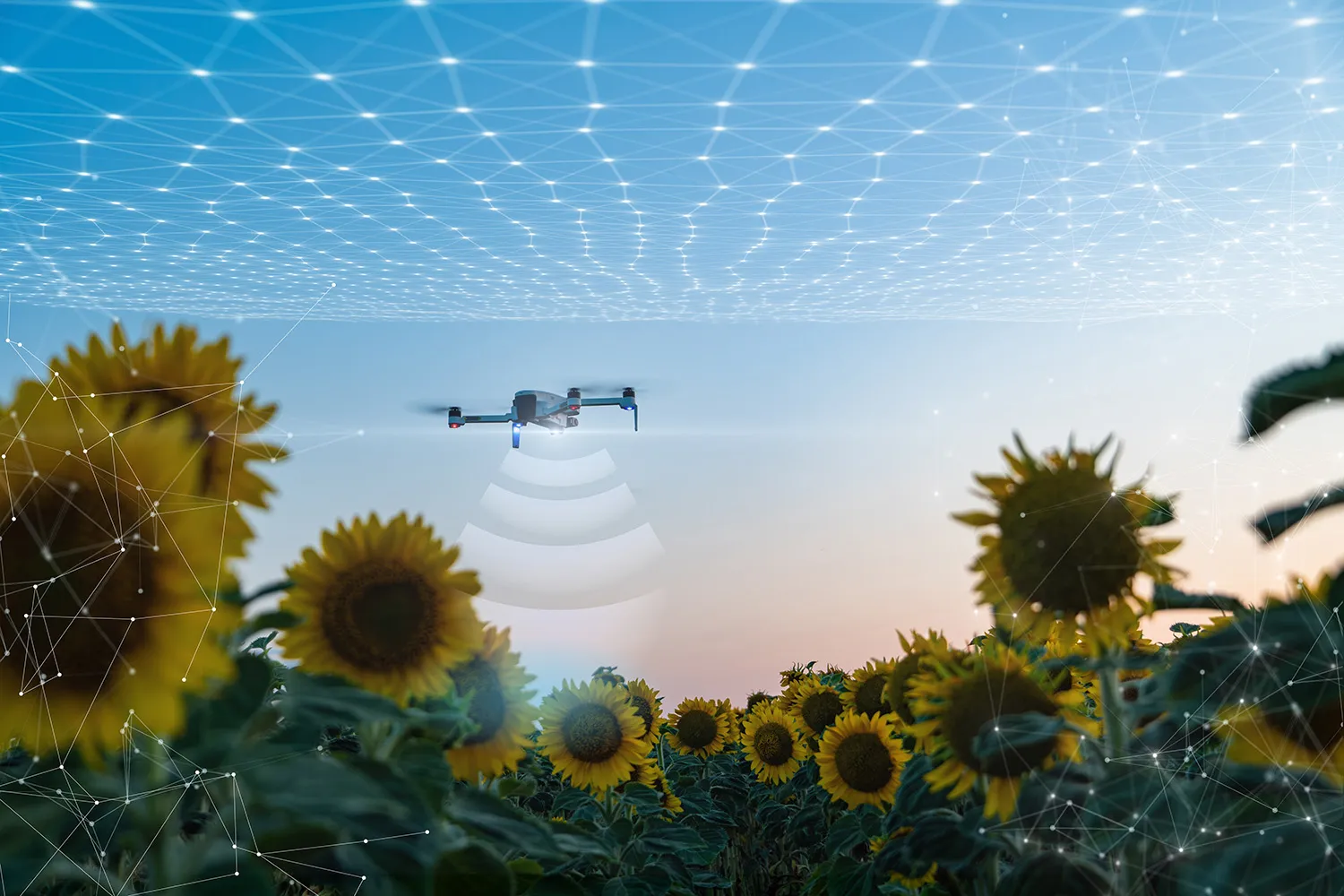
Regional authorities are also stepping in. In the Moscow region, an independent support program for robotics firms is underway. Meanwhile, in the Southern Urals, the Center for Industrial Robotization (CIR) helps businesses identify automation opportunities and provides tailored implementation plans based on site audits.
This coordination of federal and regional measures is shaping a sustainable framework for sectoral growth.
Russia’s goal is clear: to enter the global top 25 in robot density by integrating over 100,000 industrial robots into domestic production processes. Expanding SPC functions is a key move toward lowering entry barriers, growing the ecosystem, and advancing technological sovereignty.
Workforce training embedded in these efforts adds strategic value, ensuring talent development and scientific advancement, and laying the foundation for Russia’s long-term tech leadership.



